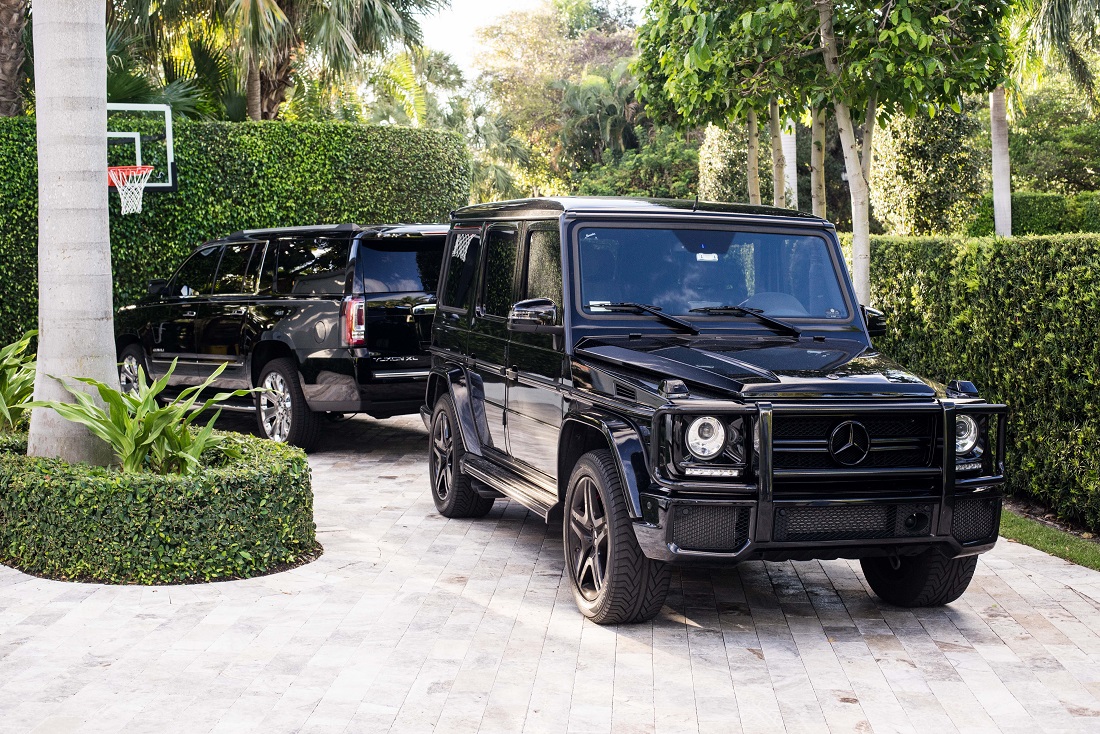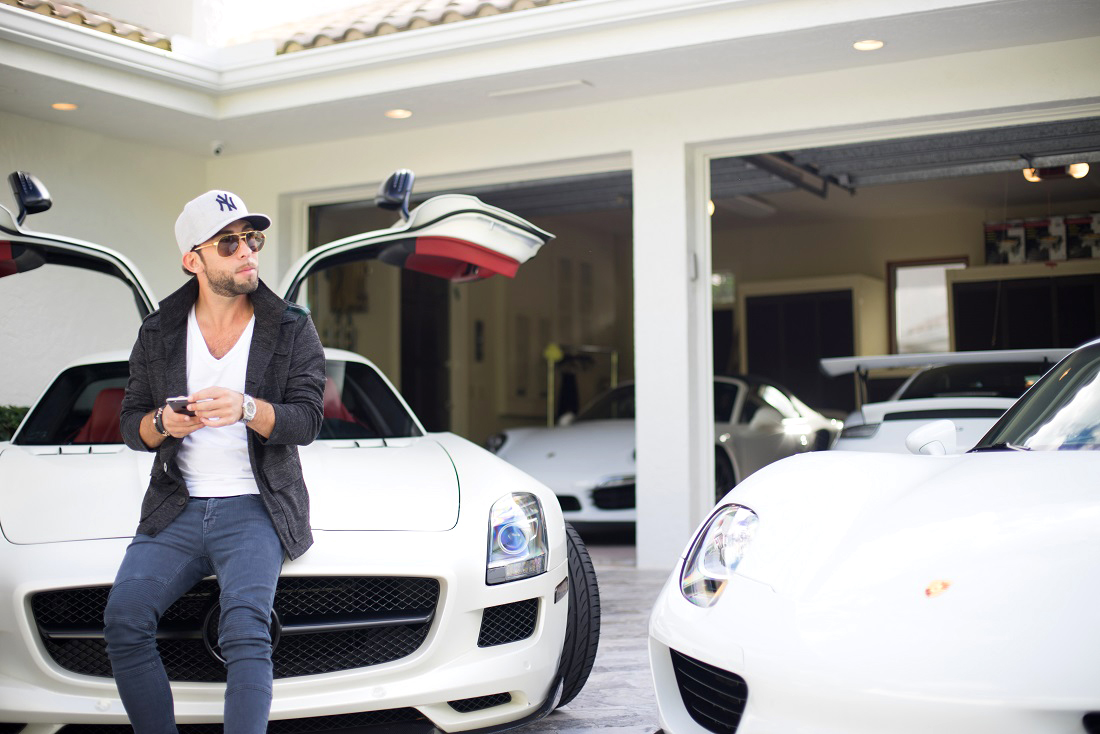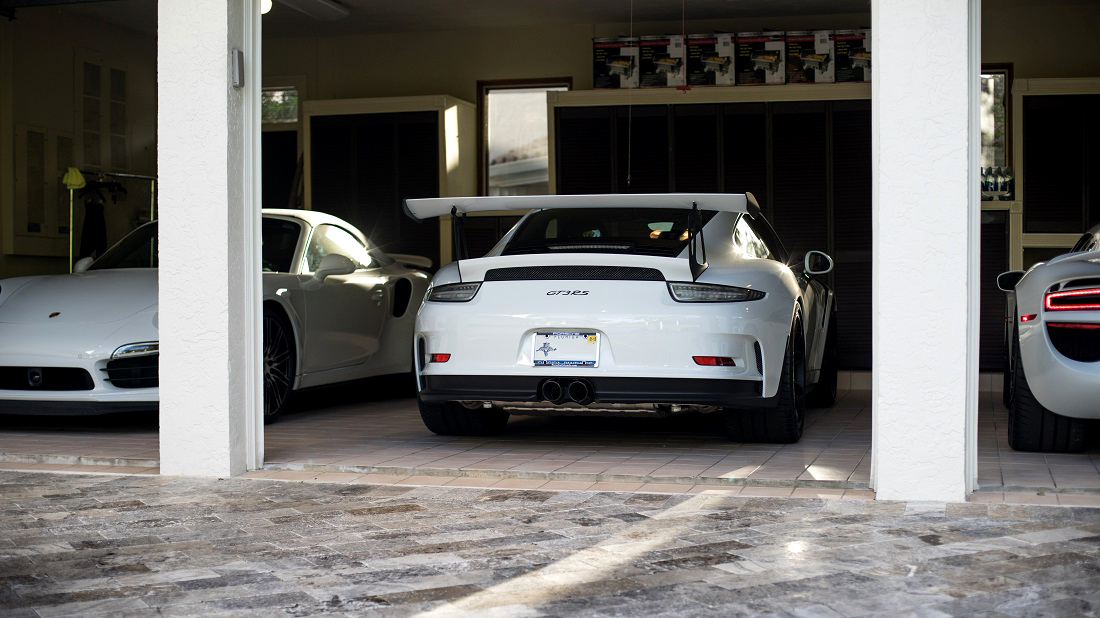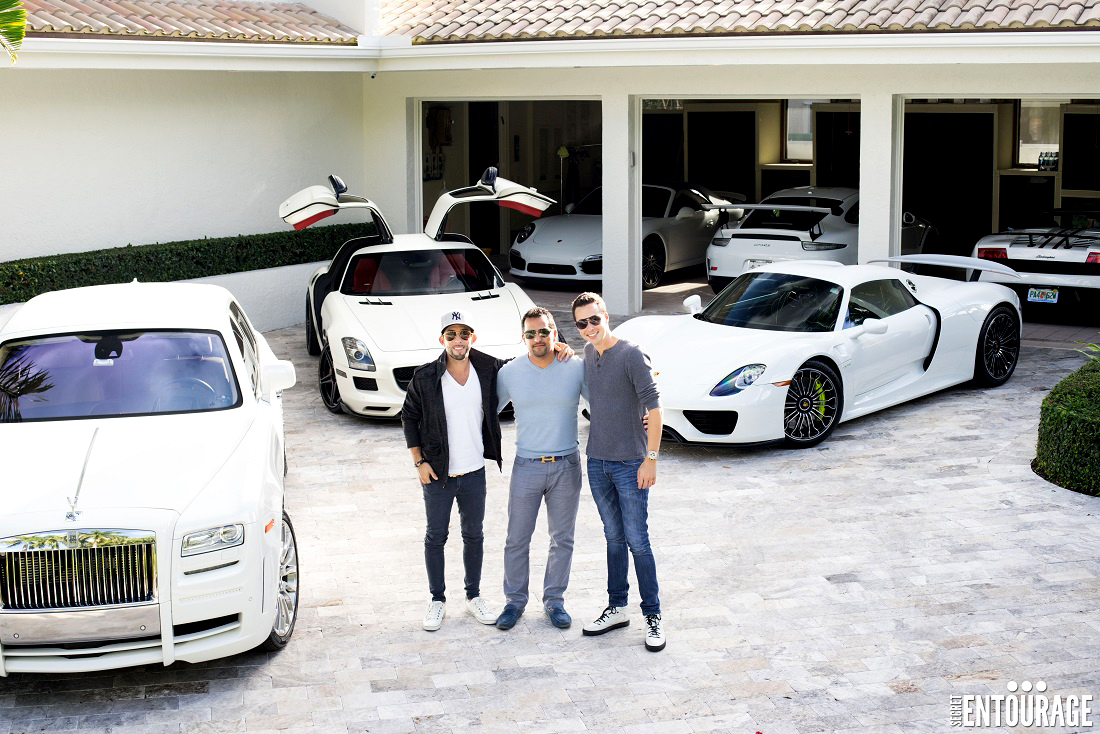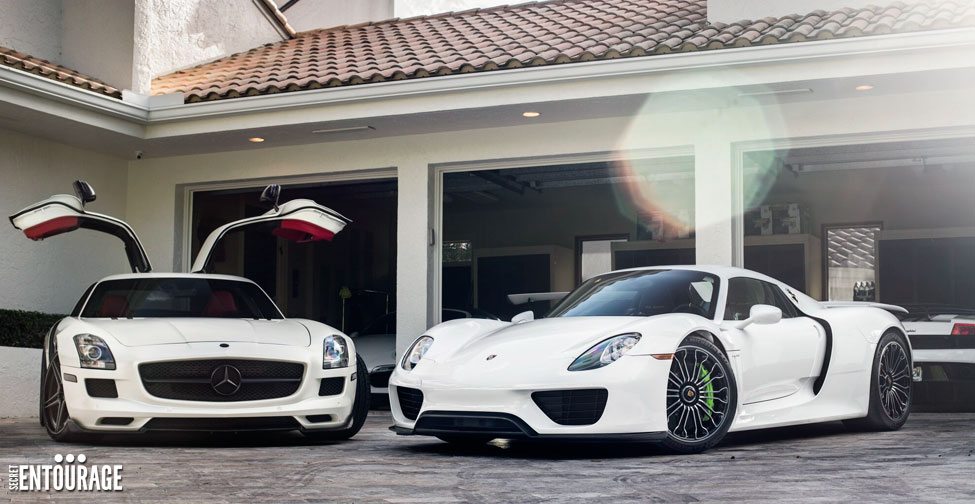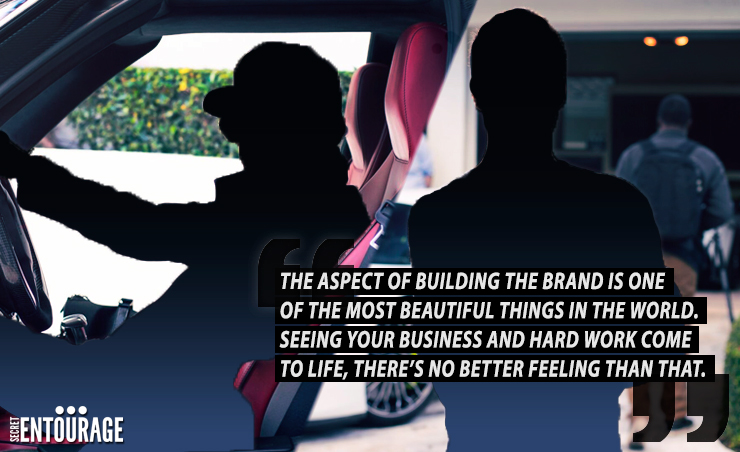
SEAN: We came out and started with just the bracelets, but we want people to know that it is more than that. There’s a big history to the company, and I can almost bet that you don’t even know what the HD stands for. It’s not high definition. The HD stands for Henry Designs.
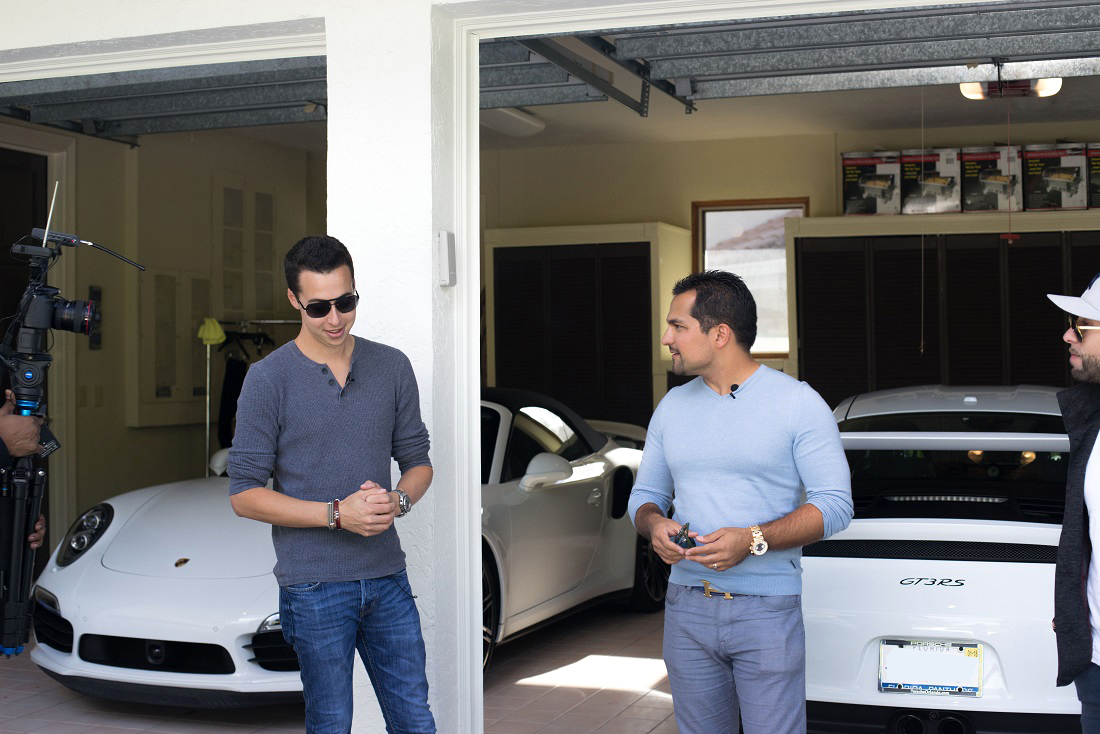
Throughout the years, they created their own beautiful diamond line utilizing the same structure and quality that they would use for other companies and created their own brand, which was the Henry Designs brand.
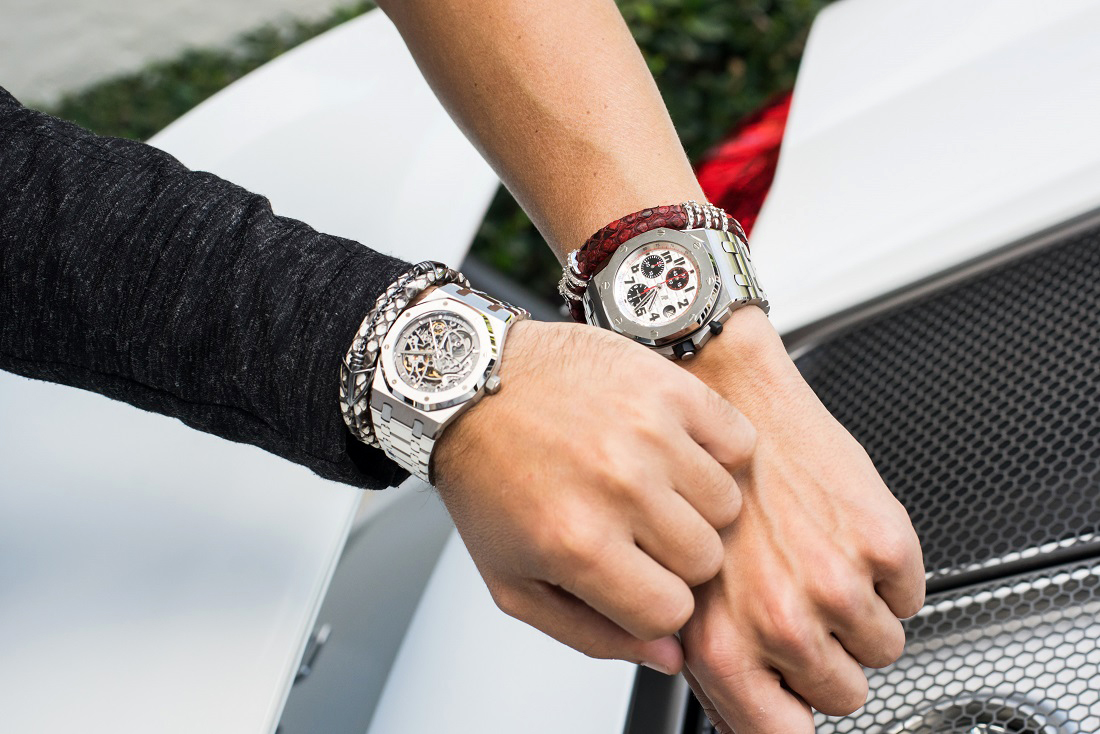
They had these beautiful necklaces that were on stingray cords that we basically turned into bracelets. This was before men’s fashion was hot, and I started wearing these stingray bracelets before we had the actual python line and other leathers that we’re doing now. Storeowners and other people would ask me about the bracelets and where they could get some. It started out with just silver to utilizing our talented jewelers to incorporate diamonds. So StingHD came about through a fairly long road, almost 10 years.
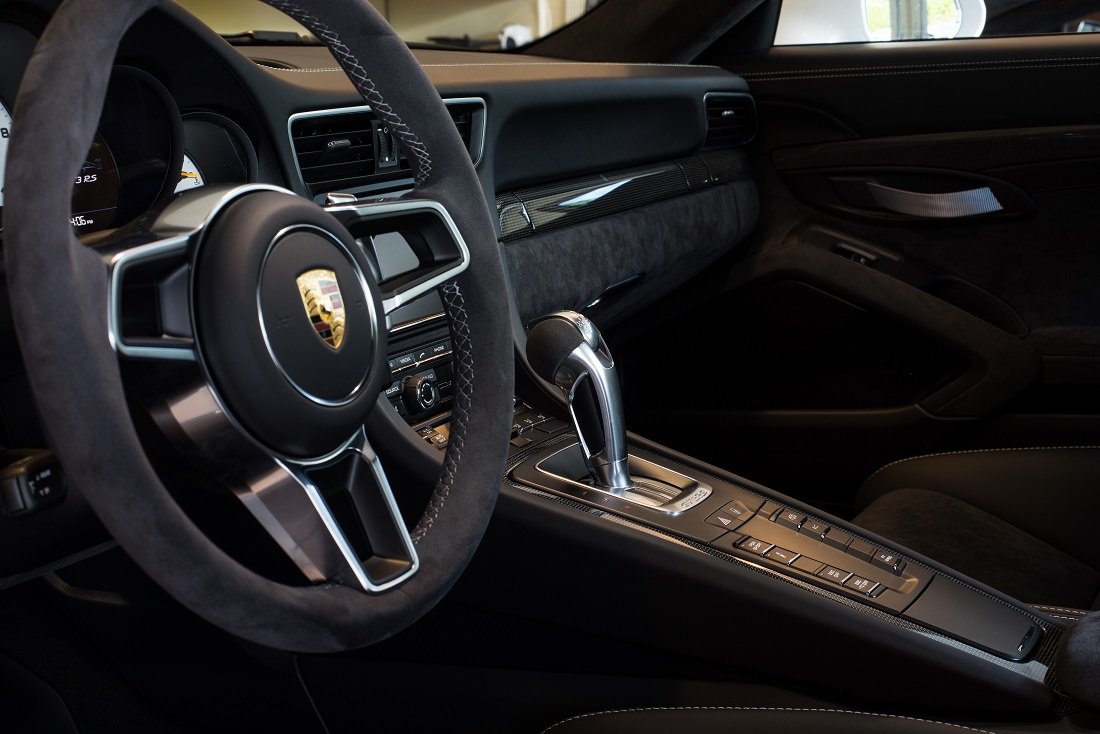
CHASE: I would say it works really well. Sean was originally just a friend of mine, and I saw the growth of StingHD happening. I come from a background of advertising and marketing. That’s what my degree was in, and that’s what I always dreamt of doing. I was working in my family’s advertising business. My father has an advertising agency here, and I actually just finished bringing together his social media department. While I was there Sean and I started becoming closer, and he told me about the brand and using social media to promote it. He was the one who got me on Instagram actually.
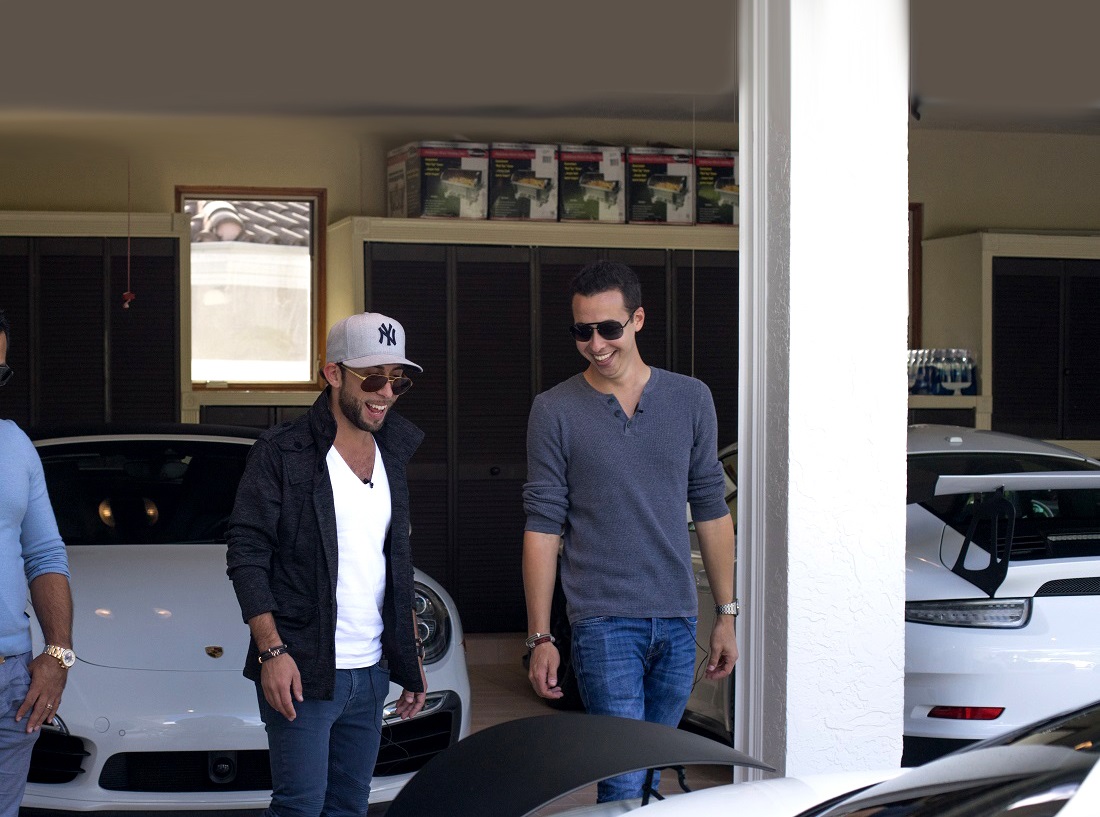
So we talked about building a website and making it fully transactional where people didn’t have to be talking to him directly, and they could build their own bracelet. From there we just came together, and I’d like to say it’s complementary skillsets. With the background that I had and the background that he had, we really created the stepping-stone for where the brand could really go.
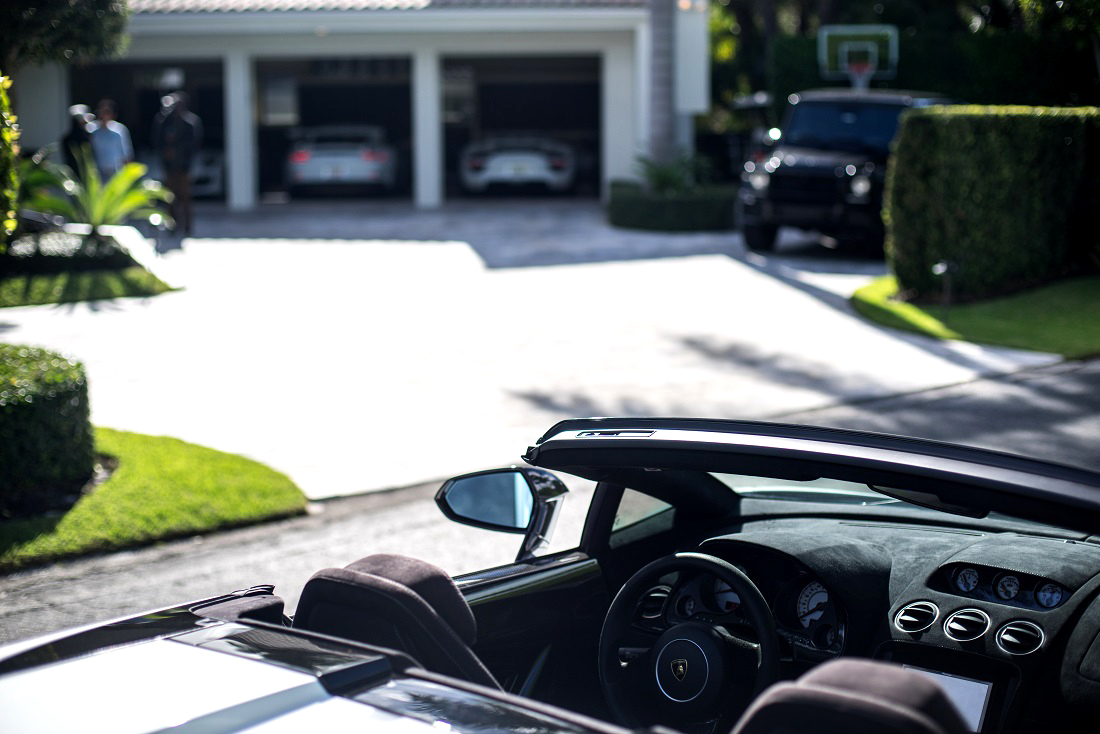
SEAN: I said that it would be very tough to sell something that is a high-end brand that people don’t really know. For somebody to spend a substantial amount of money when they don’t understand the craftsmanship and the way that we build it and what we really put behind coming up with a product like this.
CHASE: Don’t forget these are people who don’t realize that the Henry Designs brand is our parent company. They are thinking that this is a brand that’s 3-4 years old at most.
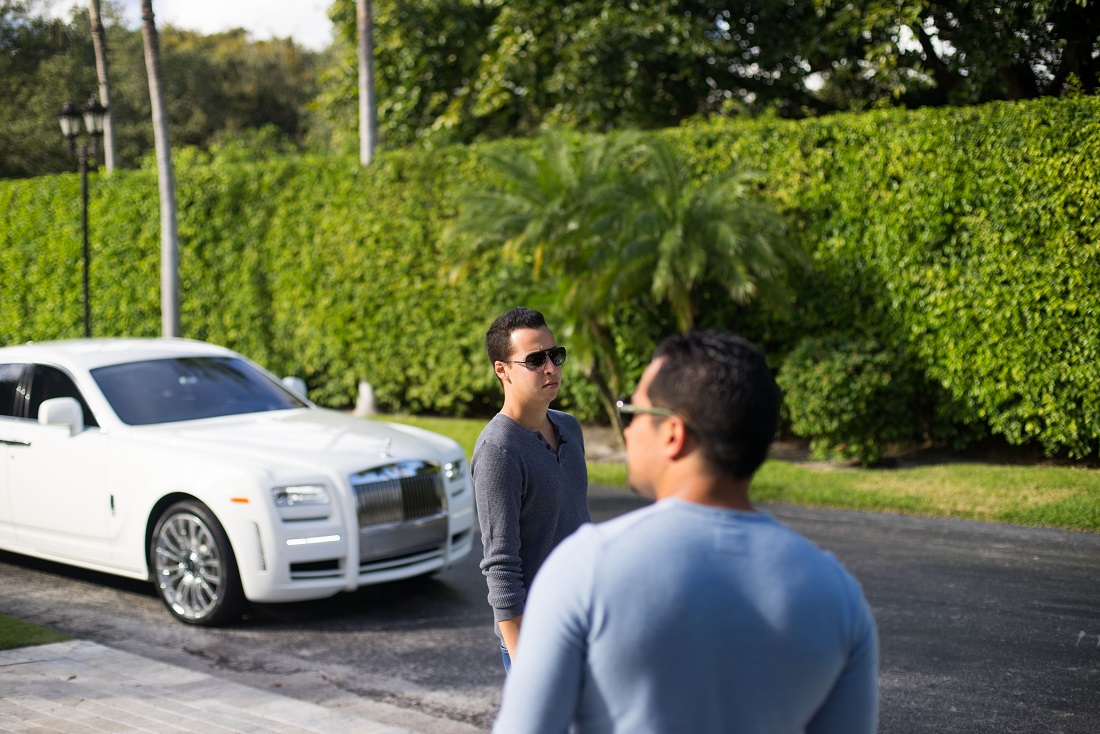
My friends have 9-5’s. They get to go home to their friends, family, their girlfriends, and their loved ones; and I’m out on the road in the middle of nowhere staying in hotels and knocking on door to door praying that hopefully, I make a sale today.
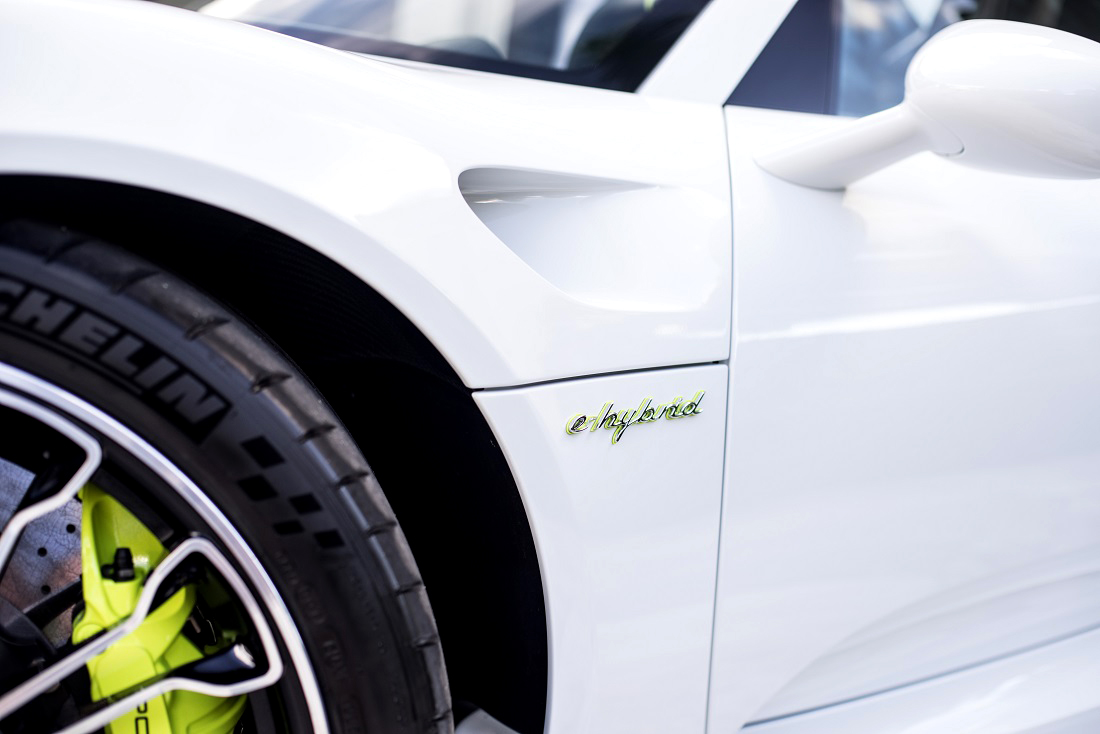
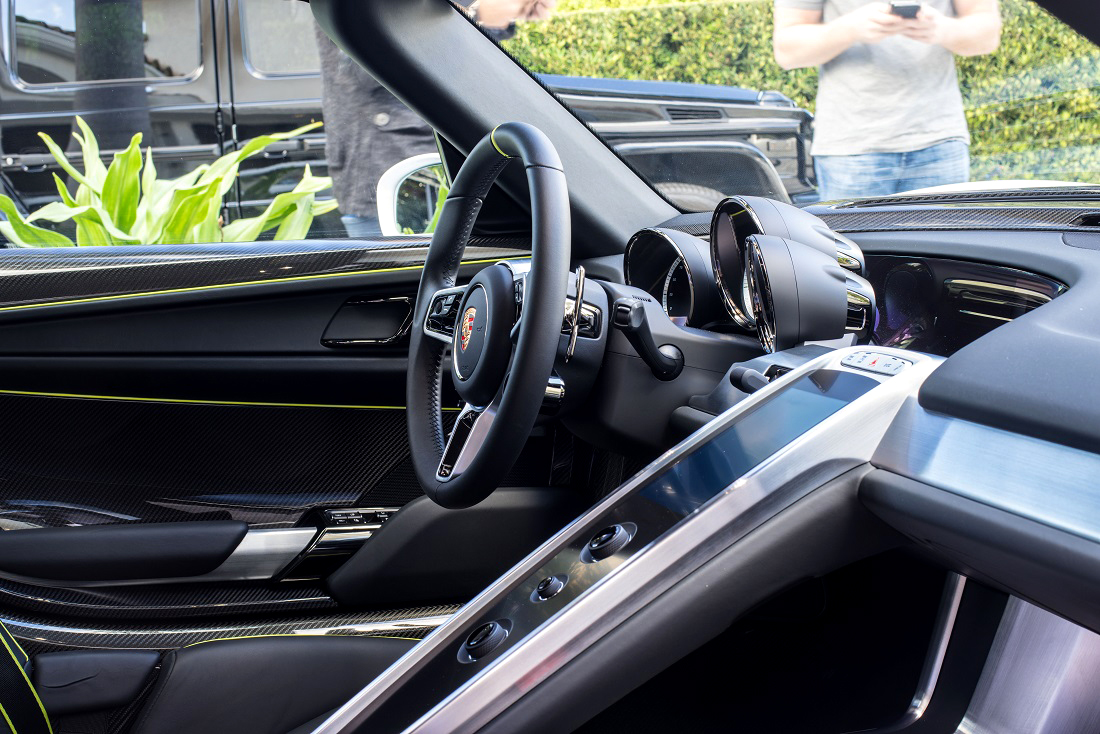
SEAN: Correct. Before, it was really the people who either owned them or were looking to buy them.
SEAN: What I realized is that I can basically message these 4,000 people who uploaded their new Cartier watch, their new Cartier glasses, their new Carter love bracelet, etc. Then I went to Louis Vuitton and did the same.
CHASE: We were in constant connection with these people. That’s how we met some of our big clients. It just worked out that way.
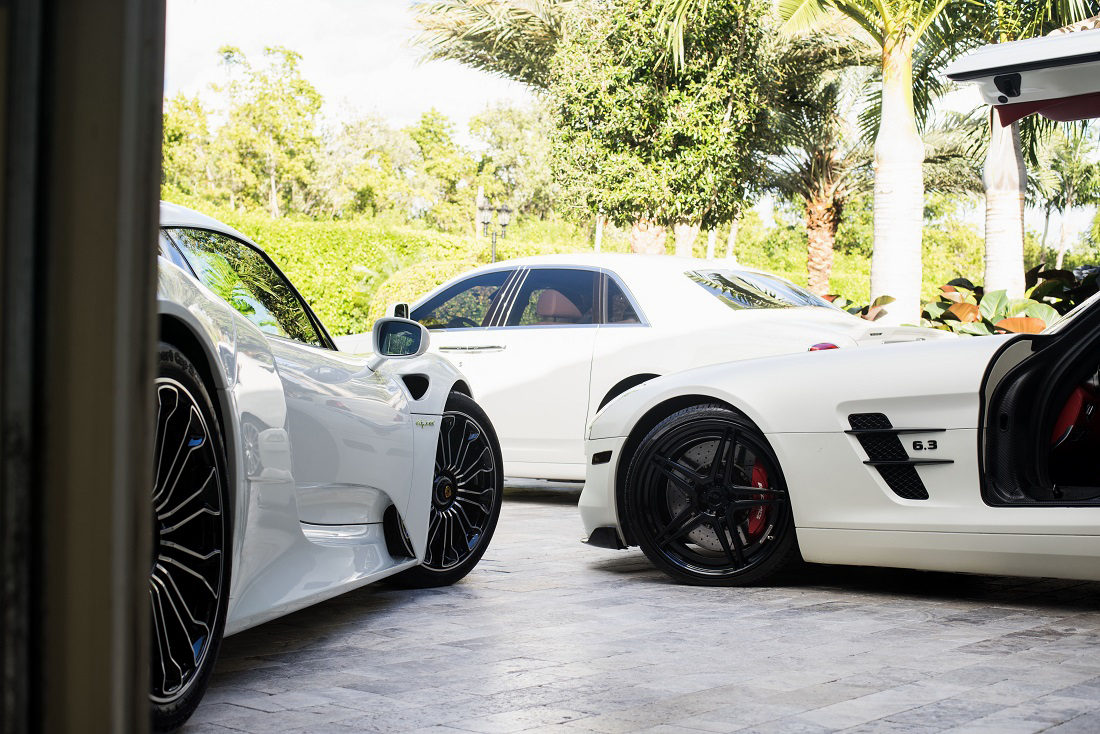
I was getting more emails and eventually, I started getting stores contacting us. One thing about us is that we’re also innovative. We don’t come out with things that other people have. I wanted to share with people these bracelets that I had, and that’s why I traveled the country. We pride ourselves behind our high-end diamond line and our quality, because most people now are manufacturing everything overseas trying to cut costs the best way possible. The way we look at it is that this is jewelry that you have for life; this isn’t something that you just buy and throw into a drawer.
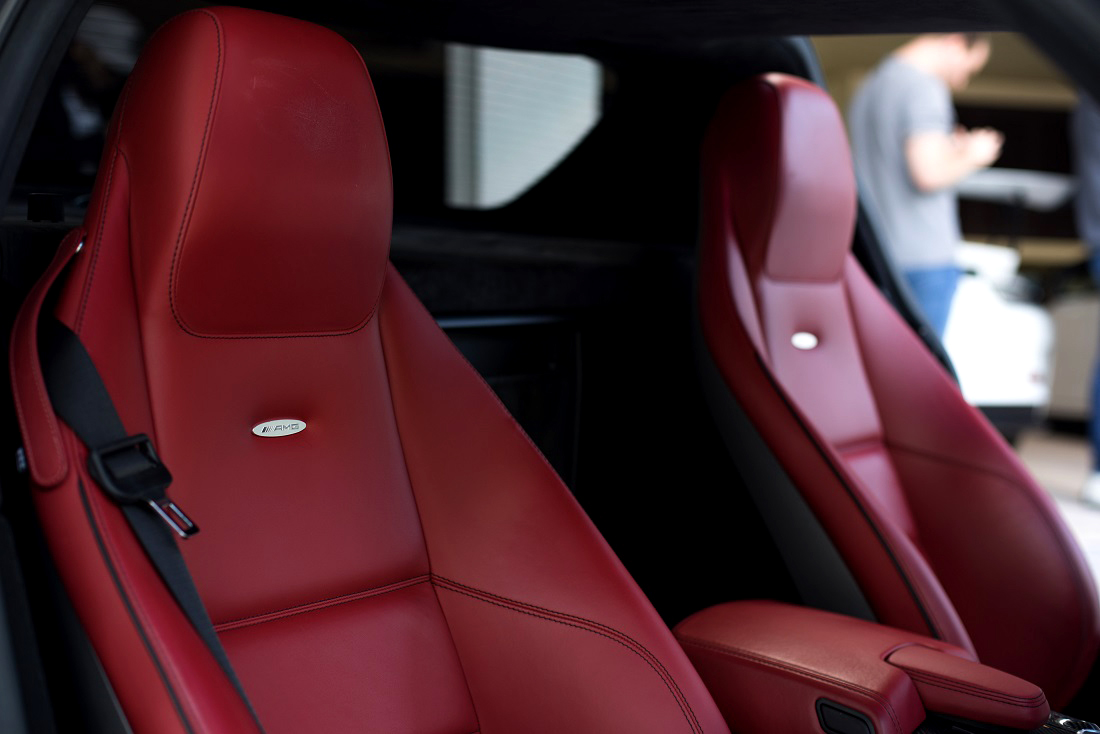
CHASE: That was how we originally focused the brand. It was going after the guys with the Audemars Piguet watches, the Hublot watches, the Cartier watches.
SEAN: Besides actually buying it and how much we loved it, it just happened to go together perfectly between cars, watches, and lifestyle. Then word of mouth sales started happening after people bought the bracelets and saw the quality. A piece doesn’t go out until it’s 48 hours looked over and over and over again by all different people. They check every stone. Every piece is looked over.
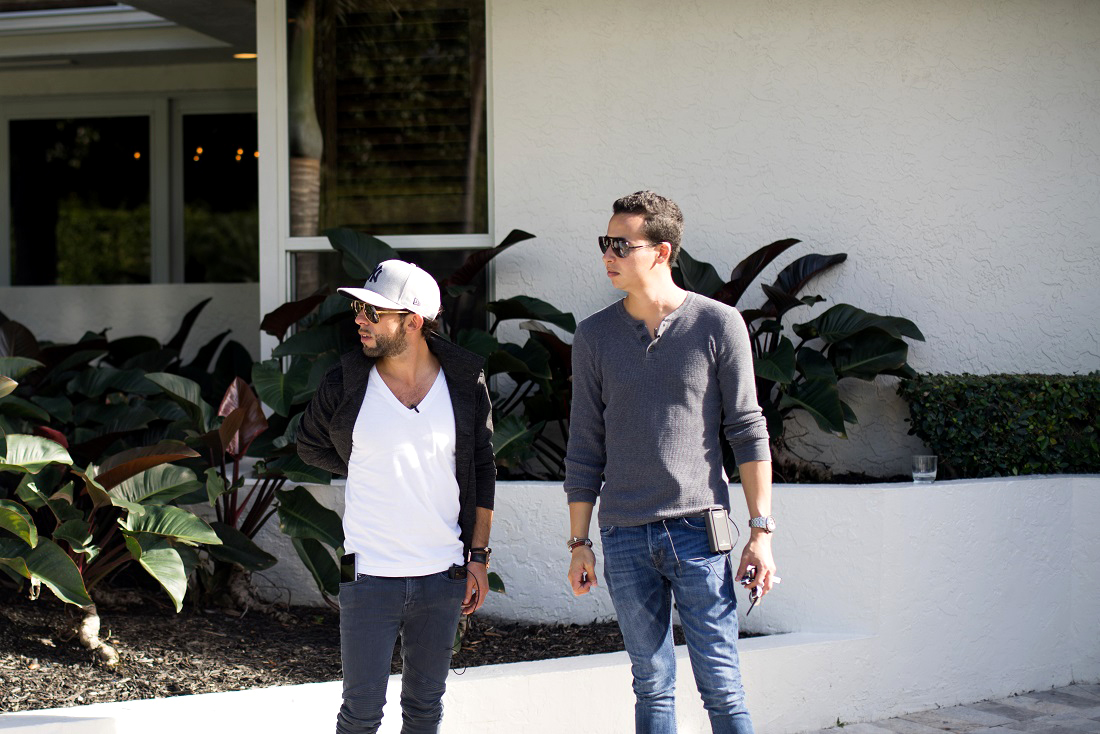
SEAN: He takes a brick of wax and carves just like that.
CHASE: But that’s how you can get the true intricacy.
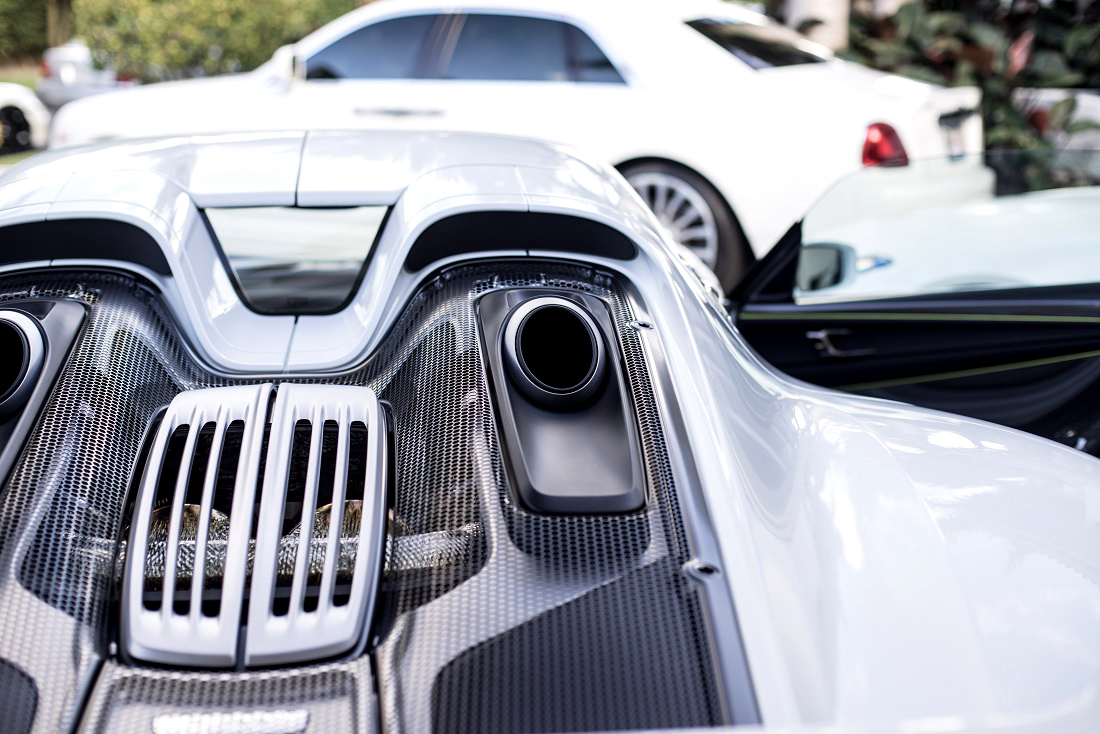
SEAN: We designed the website in a way where you can customize the bracelet and watch it come to life. You can choose the color you want, the metal you want, whether it’s pure silver, yellow gold, rose gold, or our black platinum option, and then you can also choose the stone that you’d like. I think that is a huge factor why people are willing to spend the money.
I think it was that vision of actually creating your own piece, and we even have a clickable guide for wrist sizing where you can actually print it out and measure around your wrist.
CHASE: Each piece is made for you, exactly to your specifications.
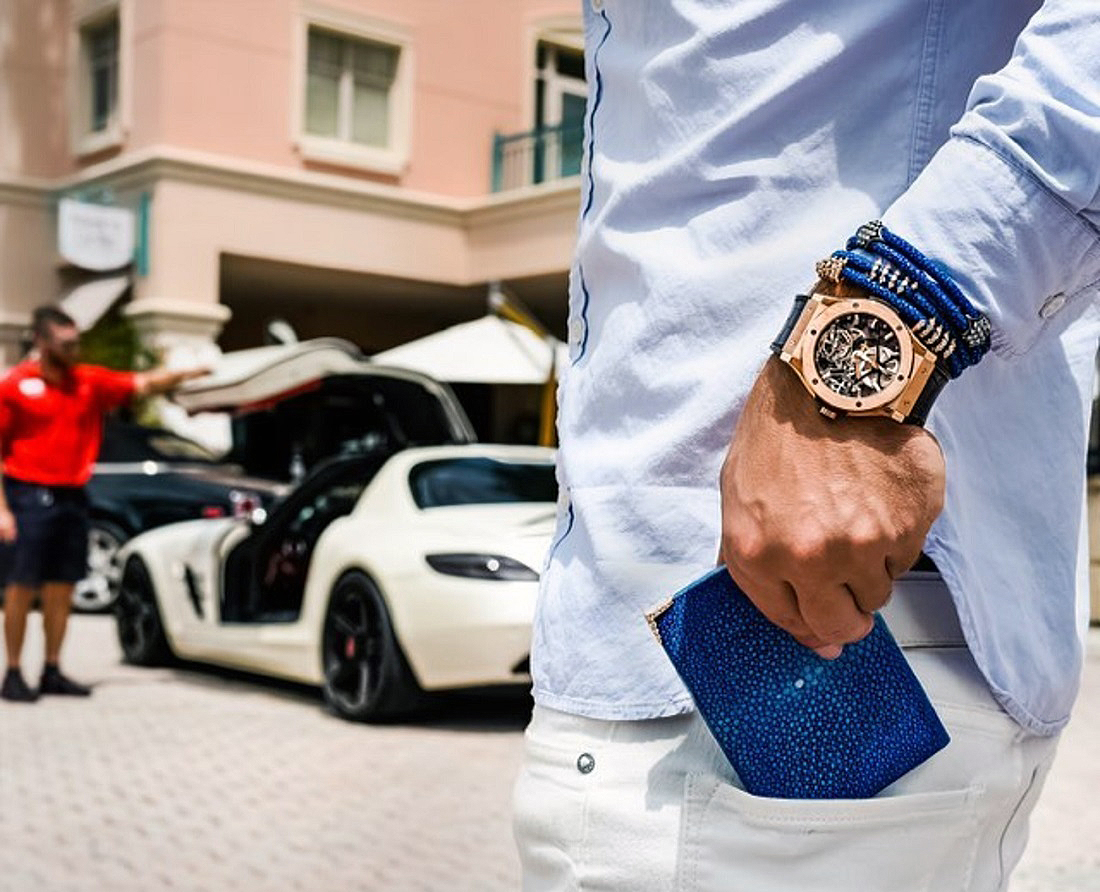
CHASE: And don’t forget, these are people who will buy one bracelet and maybe will start with one of our entry-level bracelets. Most of our clients come back and will purchase more. If they start with a pure silver one, a lot of our clients end up buying bracelets with diamonds, rubies, or sapphires.
We also have retailers in over 20 countries, basically all around the world. If you want to go into a store and try out a bracelet or see it in person, you have that option to do so.
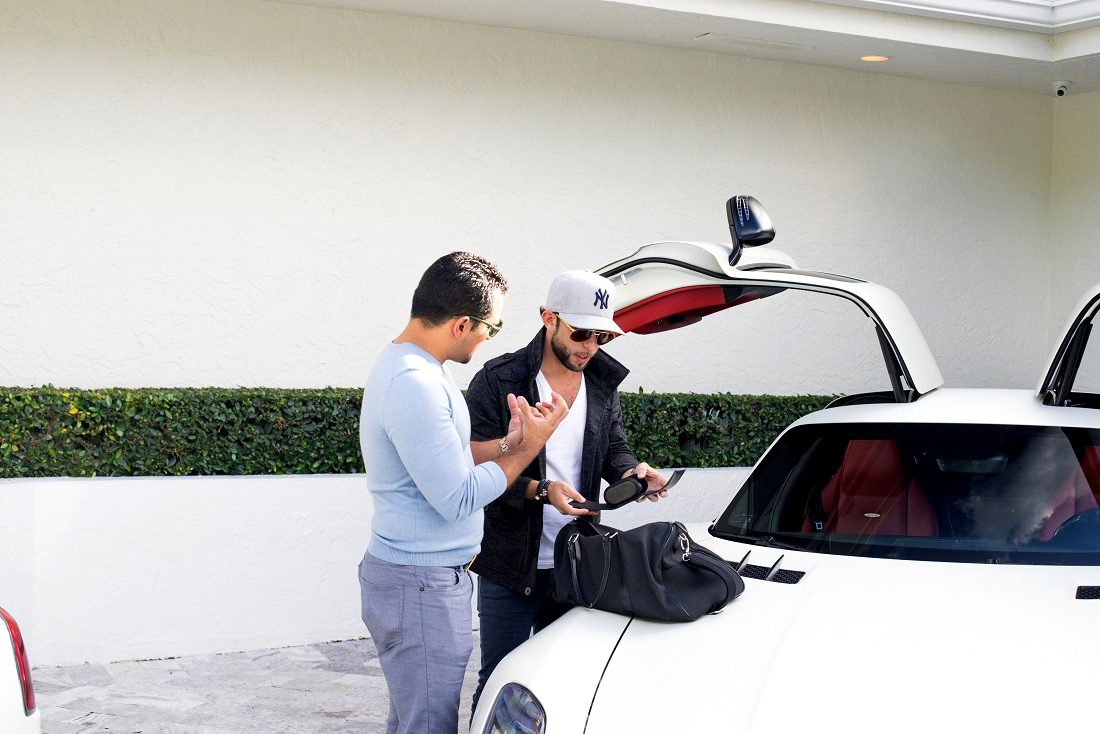
CHASE: We don’t offer sales, and that was something that Sean and I and our entire team talked about. We’re not a discount brand. We believe in the value of the brand, and if you’re going to be a customer of ours, we want you to know that if you invest in our pieces, we’re not just going to turn around and go discount them at a later date.
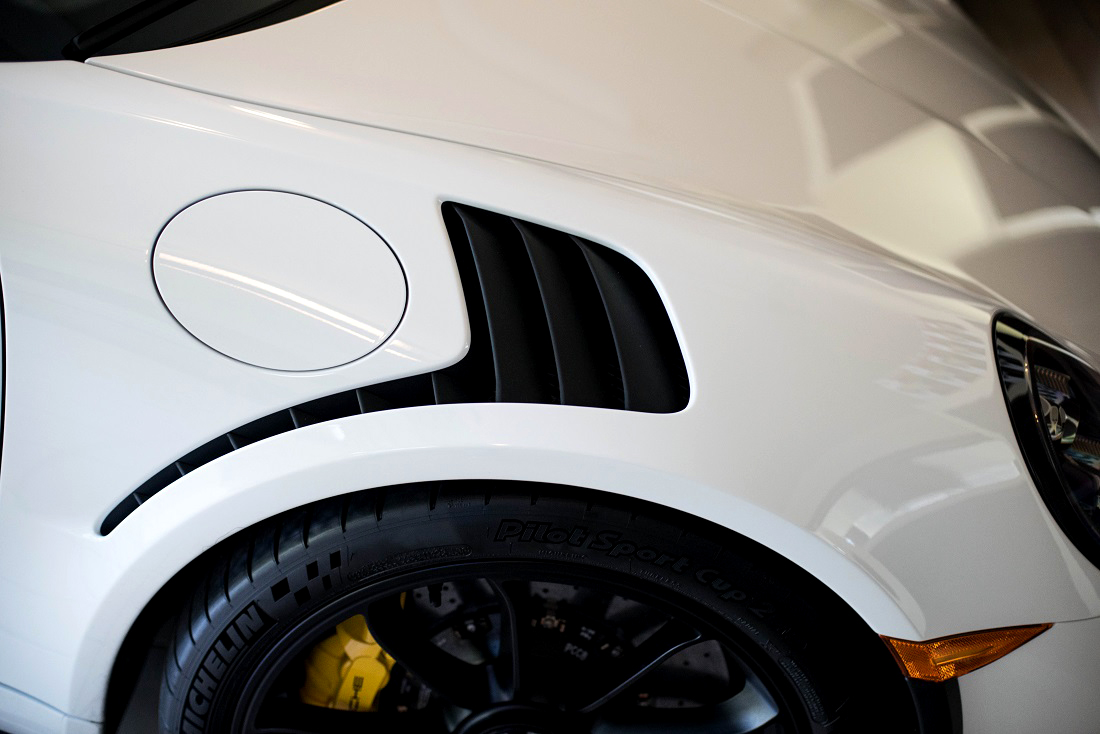
CHASE: It’s value proposition. Not to mention, how does that make the brand look? If a brand can discount their products significantly, then they are clearly marking their prices up way too high. We don’t have the option to even do that.
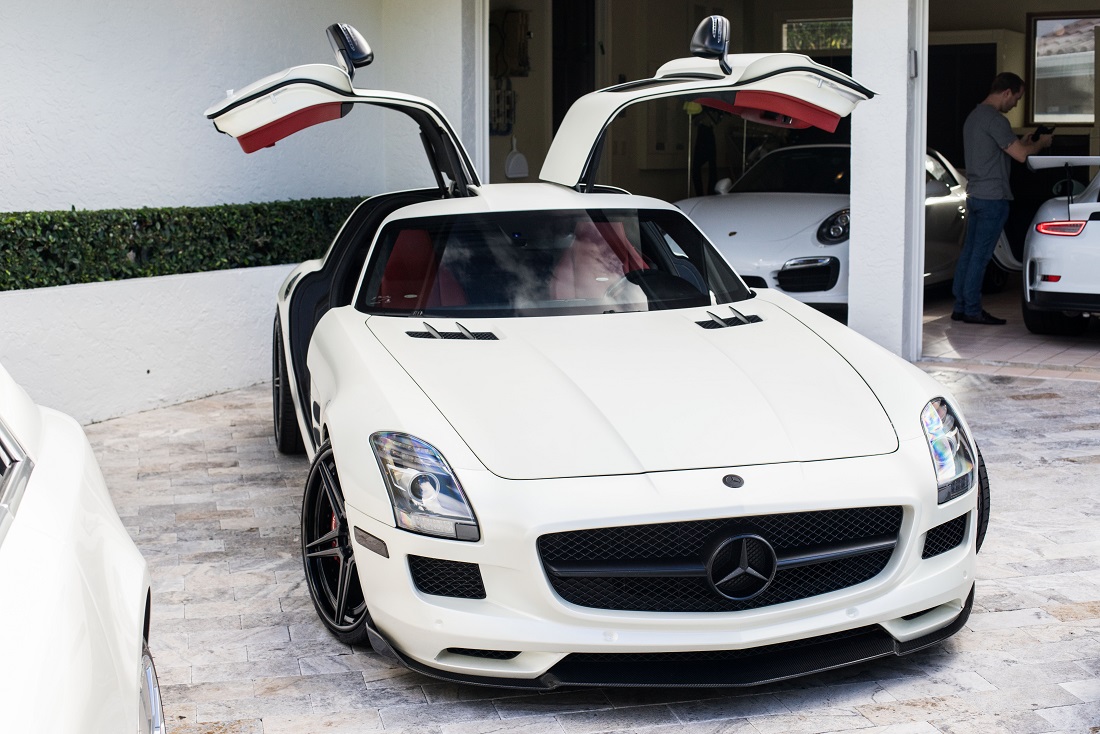



SEAN: It took a lot to get here. We built an infrastructure that didn’t exist.
CHASE: There are so many brands that are sleeping at the wheel, but it has completely shifted the Henry Designs company. It’s almost solely on StingHD now.
SEAN: Yeah, I would say StingHD pieces make up about 80% of the sales, and we’re creating more intricate pieces. Obviously our bread and butter pieces are there, but we’re taking the aspect of the Henry Designs intricacy and bringing in some stunning, unbelievable, three dimensional pieces that you could see at our Henry Designs booth. Our craftsmanship is still there, so I can’t really say Henry Designs is StingHD, because StingHD is still Henry Designs.
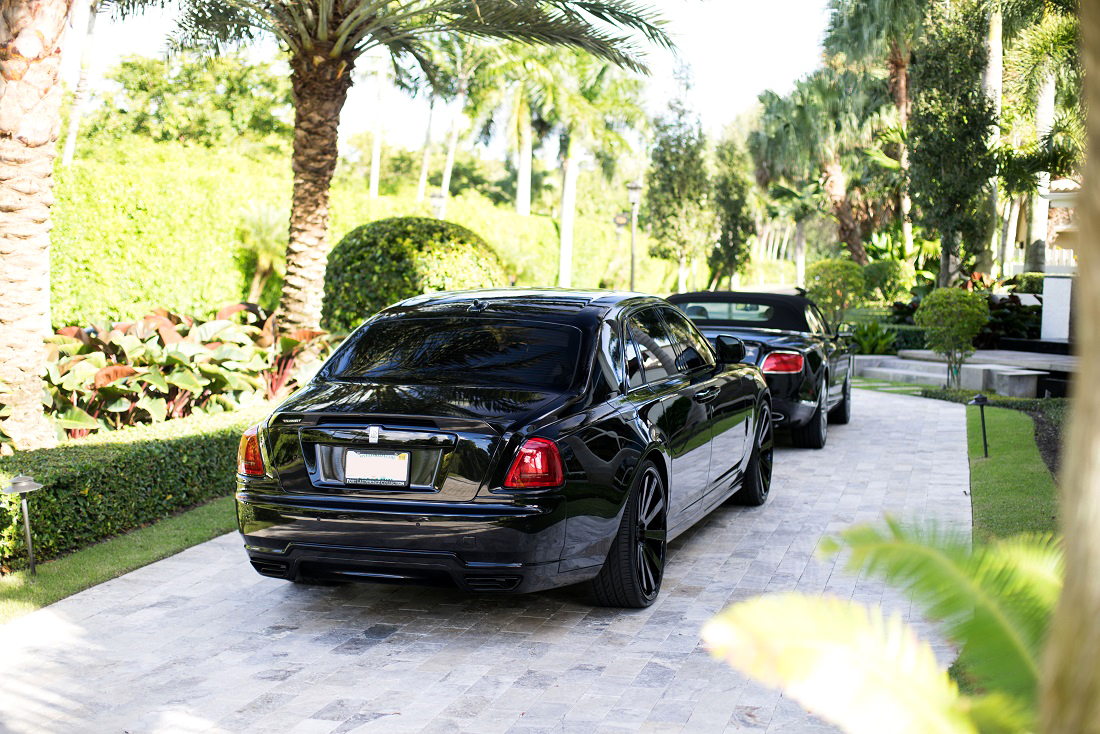
SEAN: Well, one thing is that we limit our retailers. I’ll be honest with you; we probably decline 90% of the stores that ask us to be retailers. You have to be authorized by a lot of other brands, and you have to have the look. We also have to speak to you and feel like you’re the right partner and somebody who believes in our company.
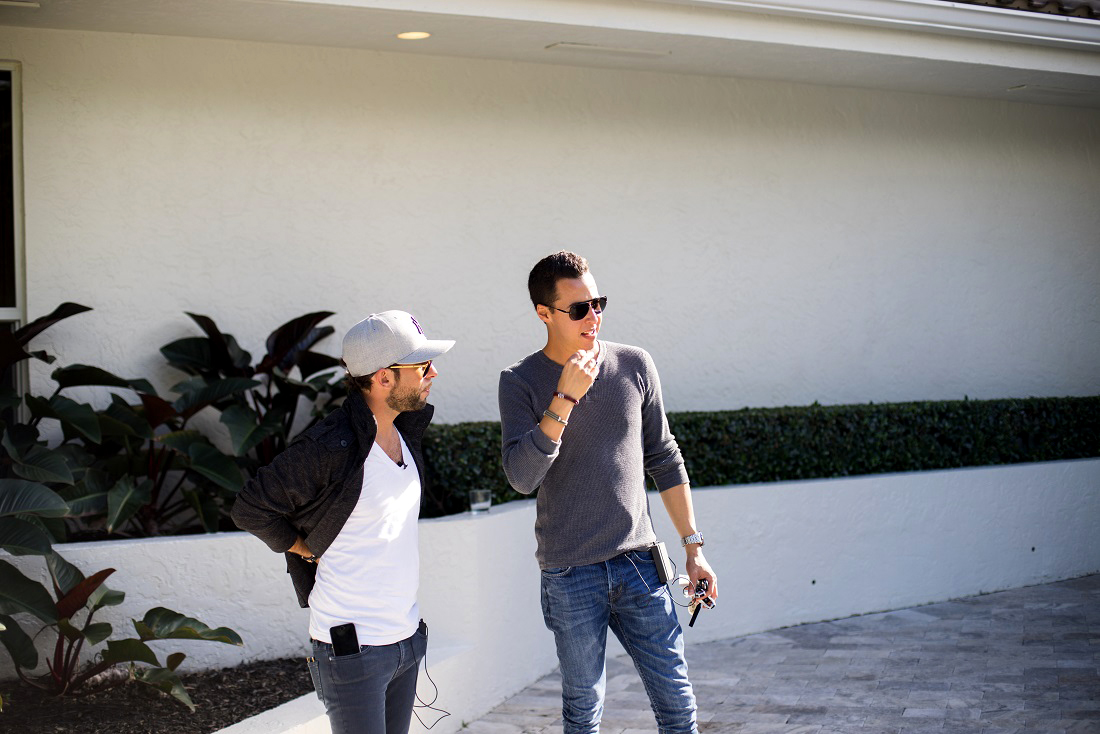
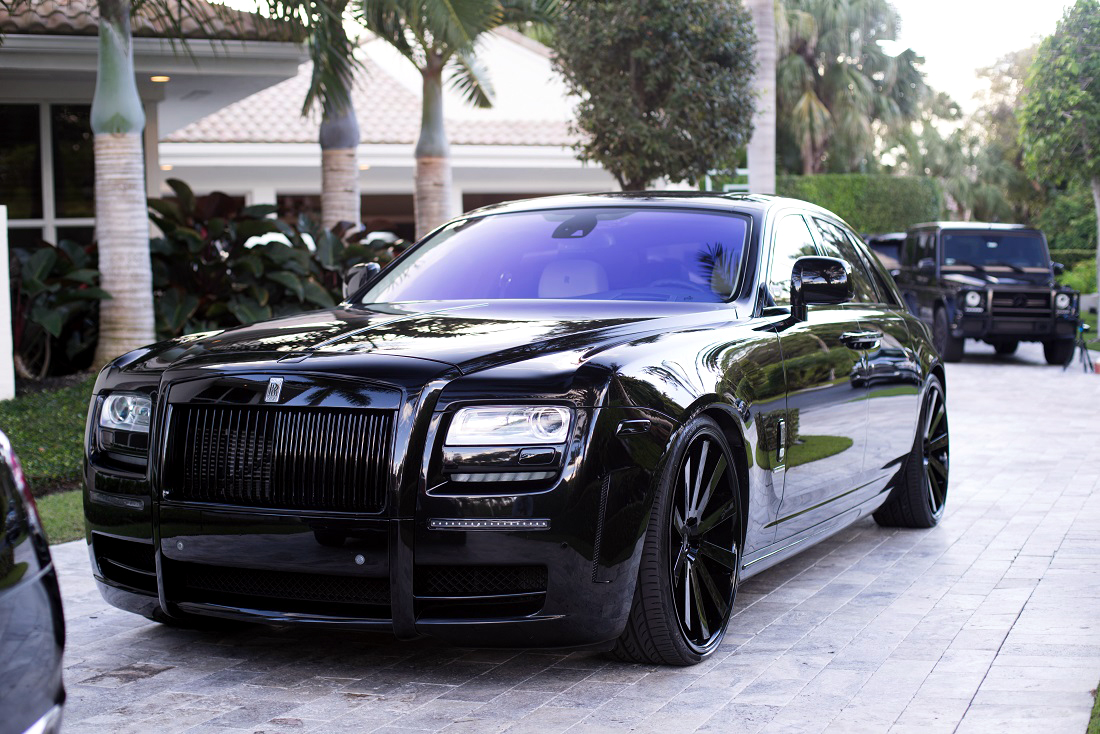
SEAN: Well, there wasn’t really a first actual retailer. Our retailers that were carrying the Henry Designs line would look at my silver bracelet and say, “You know what, let me have a few of those.”
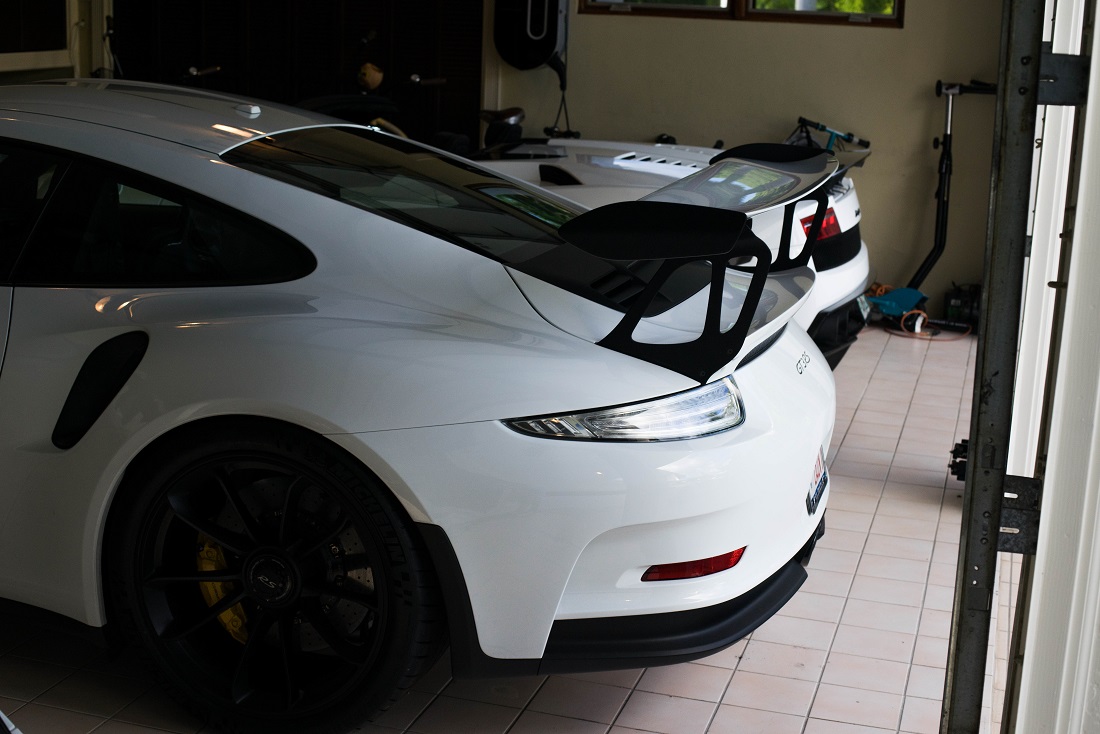
CHASE: That is a great question. With Saks, it was hard adjusting to the processes. They use so much software that we don’t use. Most of our retailers are family run operations, so when we went into Saks we didn’t know what we were getting into. We put our terms out there, and they responded, “Yeah that sounds great. Let’s do it.” We have taken it a day at a time and had to learn a lot of software and adjust our processes at the factory for them, but I think as a growing brand you’re going to hit those obstacles. You have to overcome them and learn and adapt.
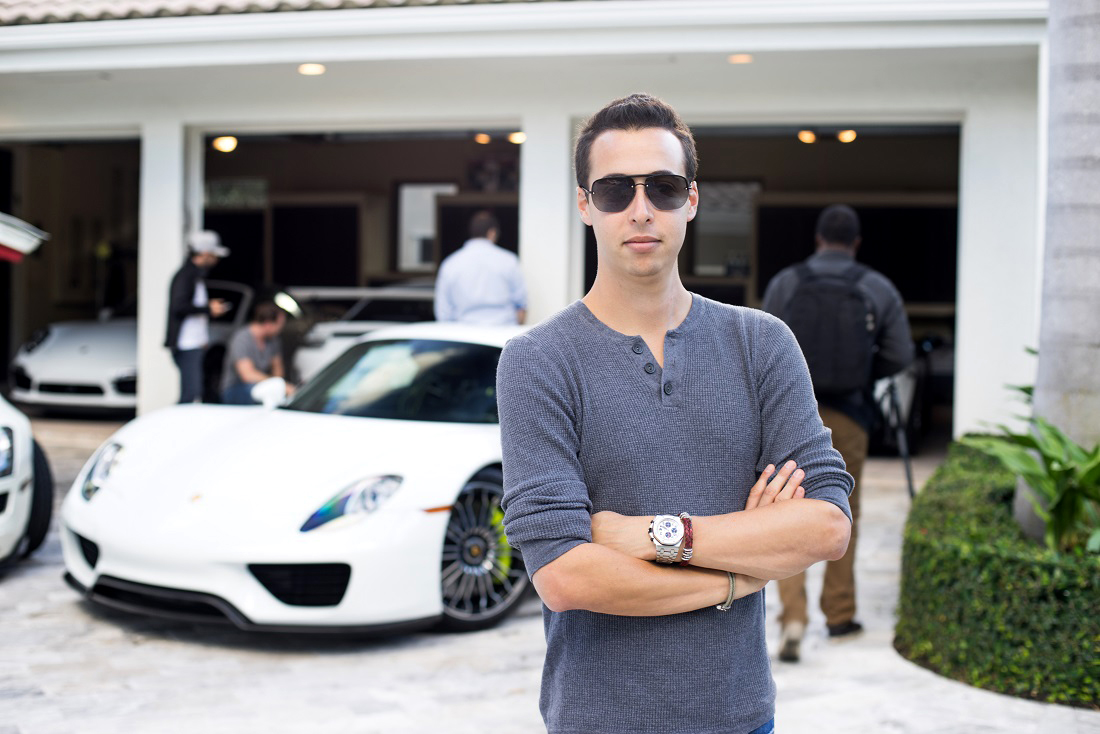
CHASE: We held off in New York City for a long time because we didn’t want to open up with the wrong retailer. We’re not going to rush it. Saks worked out really well and just like Sean said, if they weren’t profitable with our brand then they are not going to keep us. They are very happy with the sales that they have with us, and we’re happy with the sales that they have with us, so we see it as a lasting relationship.
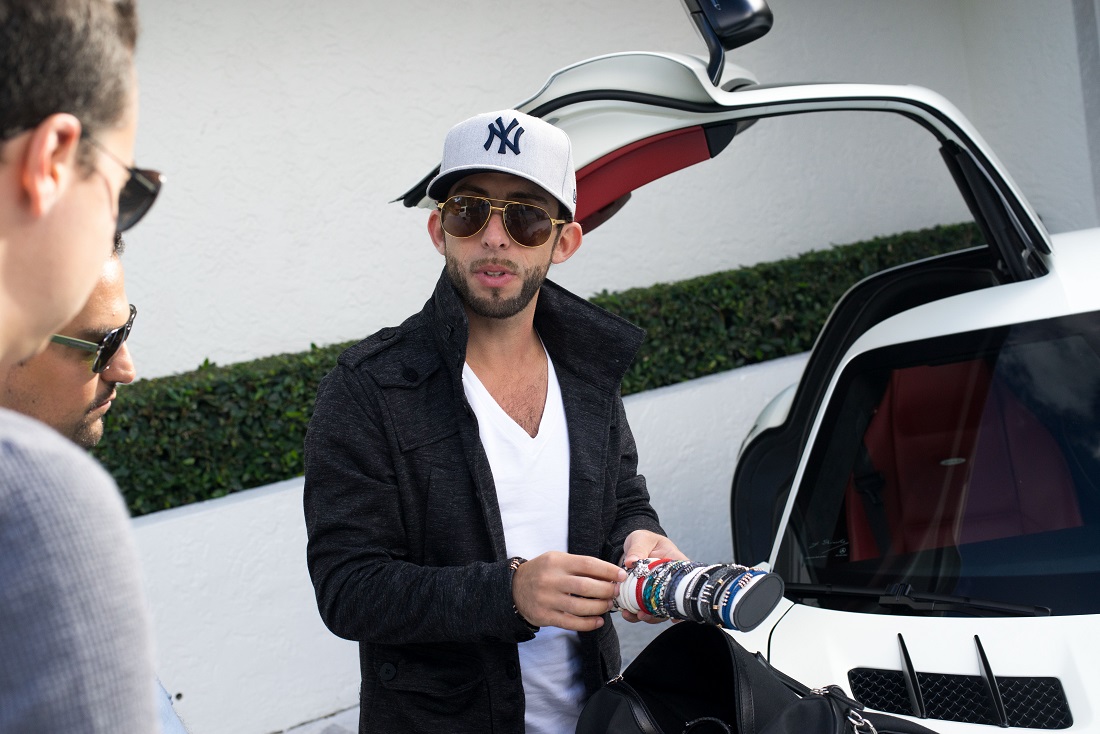
SEAN: Well, a lot of people asked us why we didn’t make wallets or leather accessories. We don’t want to ever get into the leather accessory aspect, because we are a jewelry company. That is our history and we’re going to stay that way. When it came to the wallets, we decided to basically create a wallet with customizable corners. We create our corners the same way we create our jewelry: everything is hand carved from wax so you can basically customize your own wallet. You can choose stones as well.
CHASE: We will be releasing different styles down the road, but for now we are just offering one style for people to digest that we’ll be coming out with wallets. You’ll see our collection in 2016 of different styles of corners and different styles of wallets.
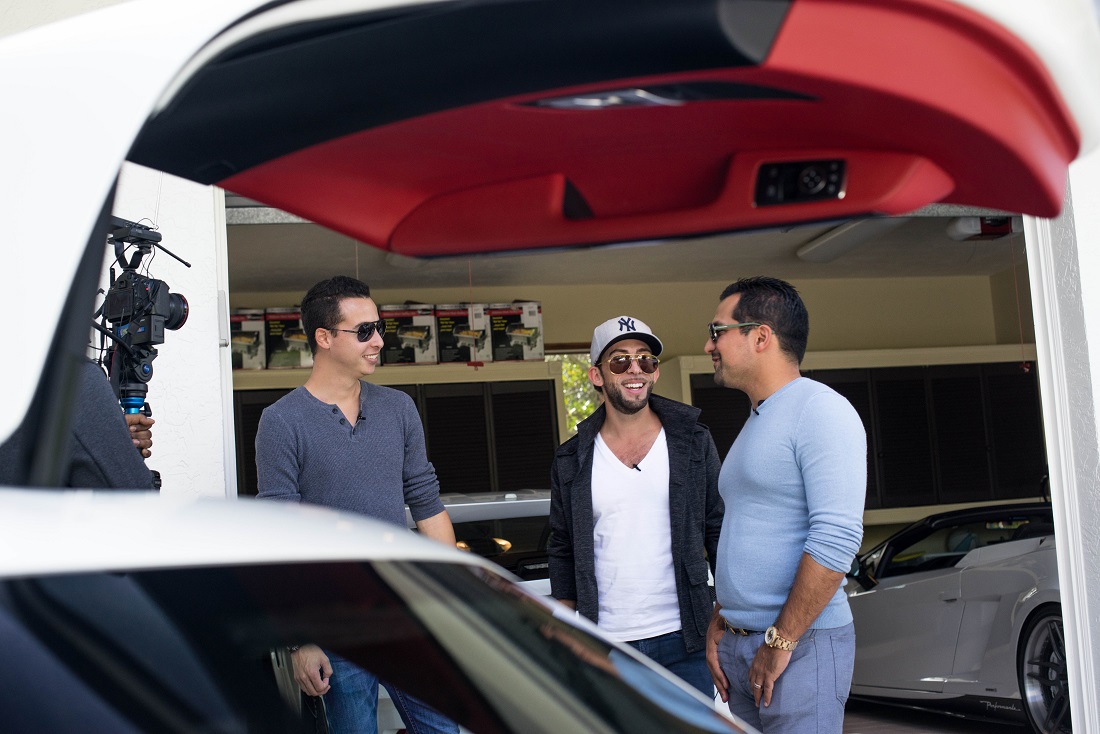
SEAN: Well, I was always doing “essentials” photos on my Instagram and putting together the shoes, the belt, the watch, and obviously the bracelets. I think the wallets will go well with that. I’m still thinking of things. I don’t really sleep too much, because I’m up at about 5AM everyday and my mind is constantly racing.
CHASE: Sean is truly like a creative director. He plays so many different roles in the company that he has incredible vision on how to release something. If you haven’t looked at his Instagram, I would say definitely look at his Instagram. He just gets it, and he’s very talented in that.
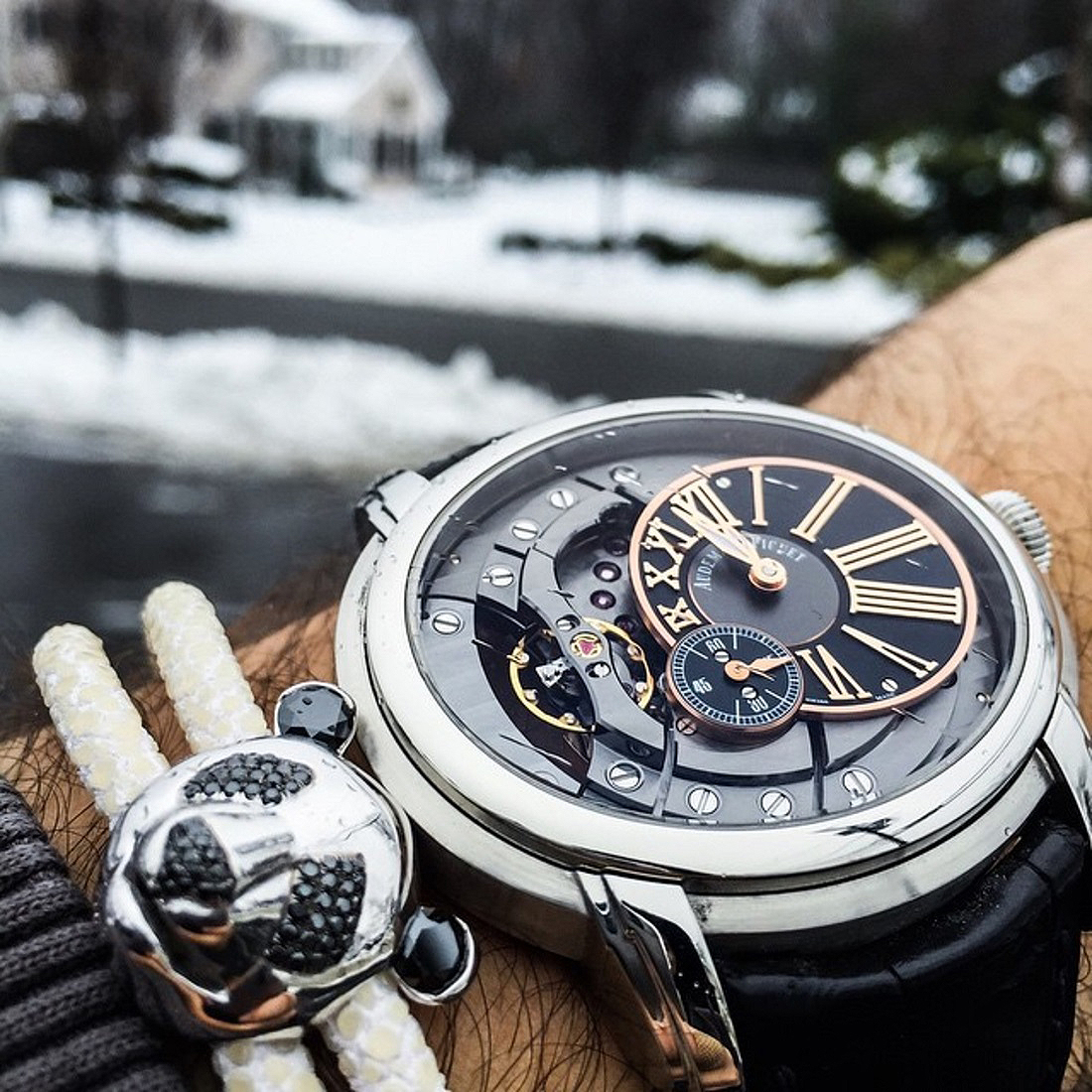
CHASE: A lot of people would see how they could match it. For example, somebody would buy an orange Lamborghini and would want an orange watch and bracelet.
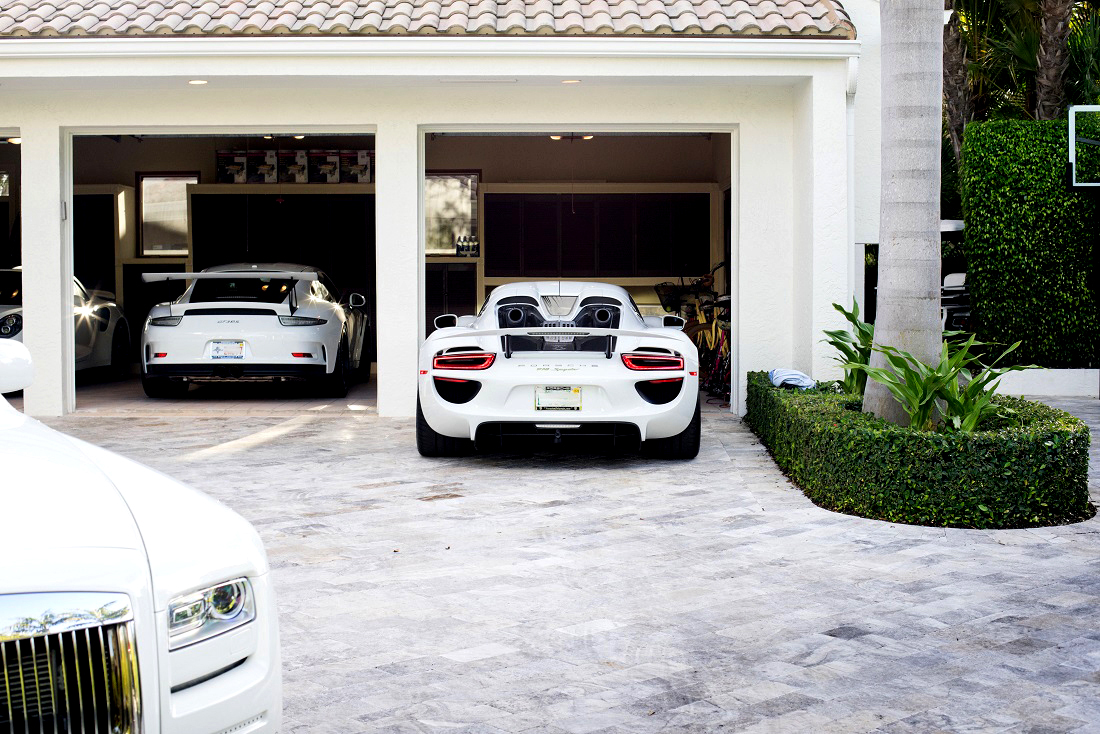
SEAN: People know the original and real people will buy the real stuff. That’s just the way life is. A lot of our pieces have patents, and the new ones are patent pending. We have a lot of copyrights on our products.
CHASE: Instagram is actually really good about those things. I’ll send Instagram our copyrights and our trademark numbers, and Instagram will take posts down within 24 hours.
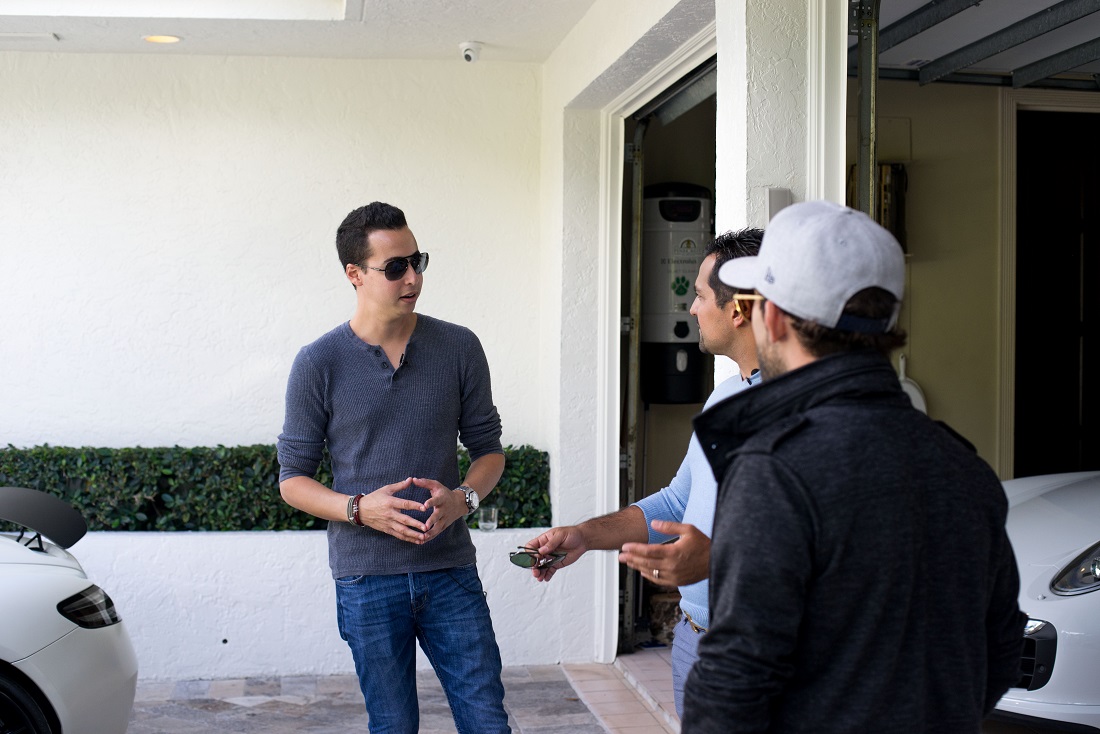
SEAN: It’s funny. You’re getting back to how we really market the brand and how we built it. At first we were just taking the shots with the cool car in the background because we thought other people with a cool exotic might want to match it. Then we realized that there’s going to be a lot of people that may not have the Ferrari or Lamborghini, but still feels like they are part of the club.
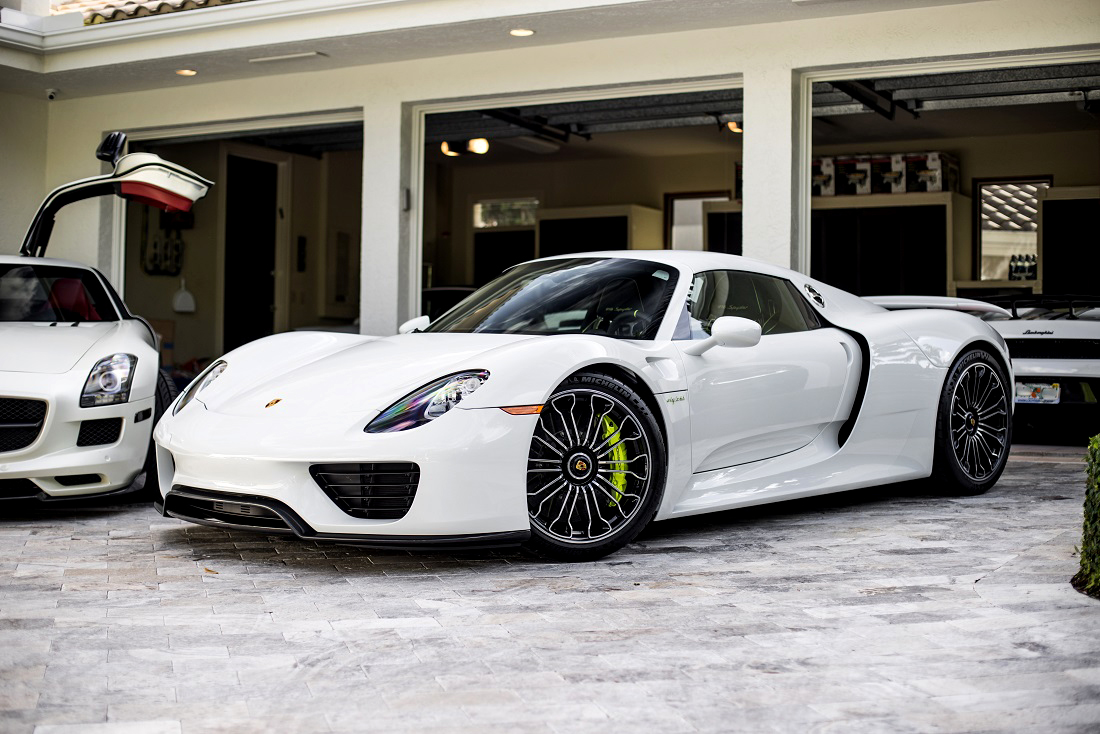
SEAN: It’s pretty rare to see our bracelets on eBay or something like that. We’ve seen a couple for sale. Louis Vuitton has been around for so long that their second hand market has been going and going and going. It’s hard to tell, but with our preservation we feel like it should be good.
CHASE: When we looked at the ones that were being sold on eBay from a client who purchased it, they were still being sold for a high price. It’s not like they were trying to dump it. But sure, with any brand, anything you build and sell, there’s going to be a secondary market. Once someone buys a product it’s theirs, and anybody can do whatever they want with their property. We’ve been lucky in the sense that our customers want to keep their StingHD so far.
SEAN: The people who wanted to sell them, they didn’t sell at a crazy discount. Only what you’d expect from selling a used product.
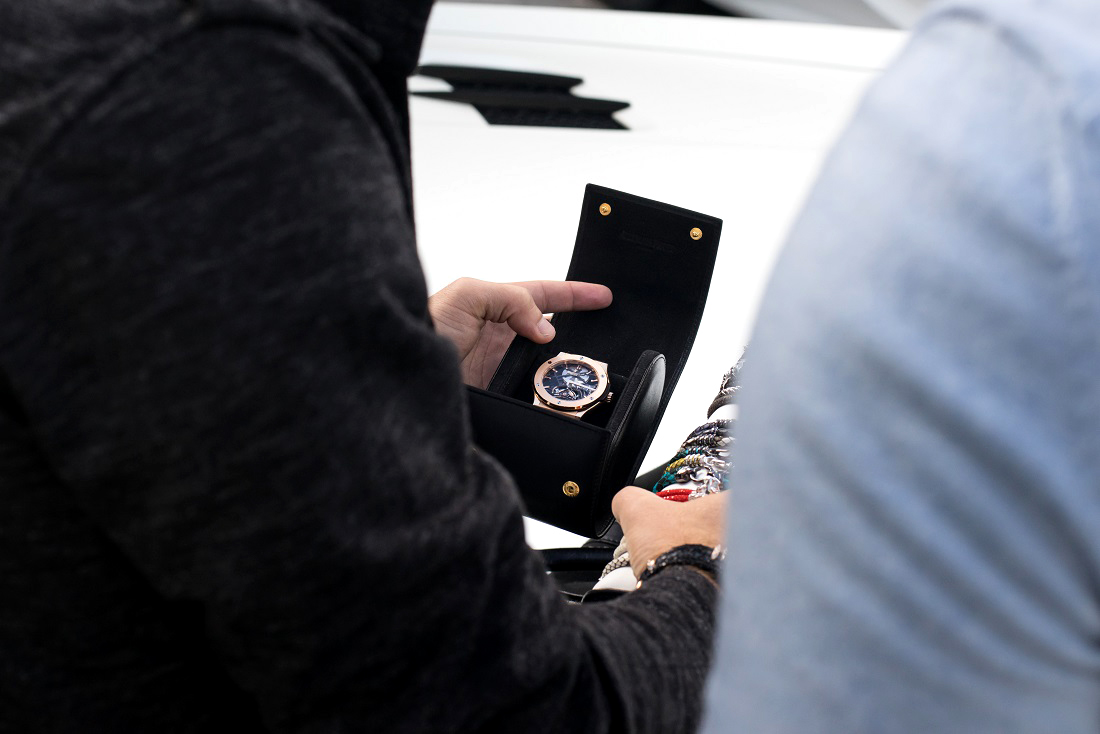
SEAN: Not at all, I think we have just started. Regardless of the way you grew up, I still think when you create something or you have your own business and you have your own successes, there’s no feeling like that. Money doesn’t make you the person you are at all. I think being driven and motivated and having something that in the long run does make you money and does give you less limitations in the world is amazing. You have to do more things, you get to have a family, you get to pay for your family, etc. It’s more of a sense of comfort.
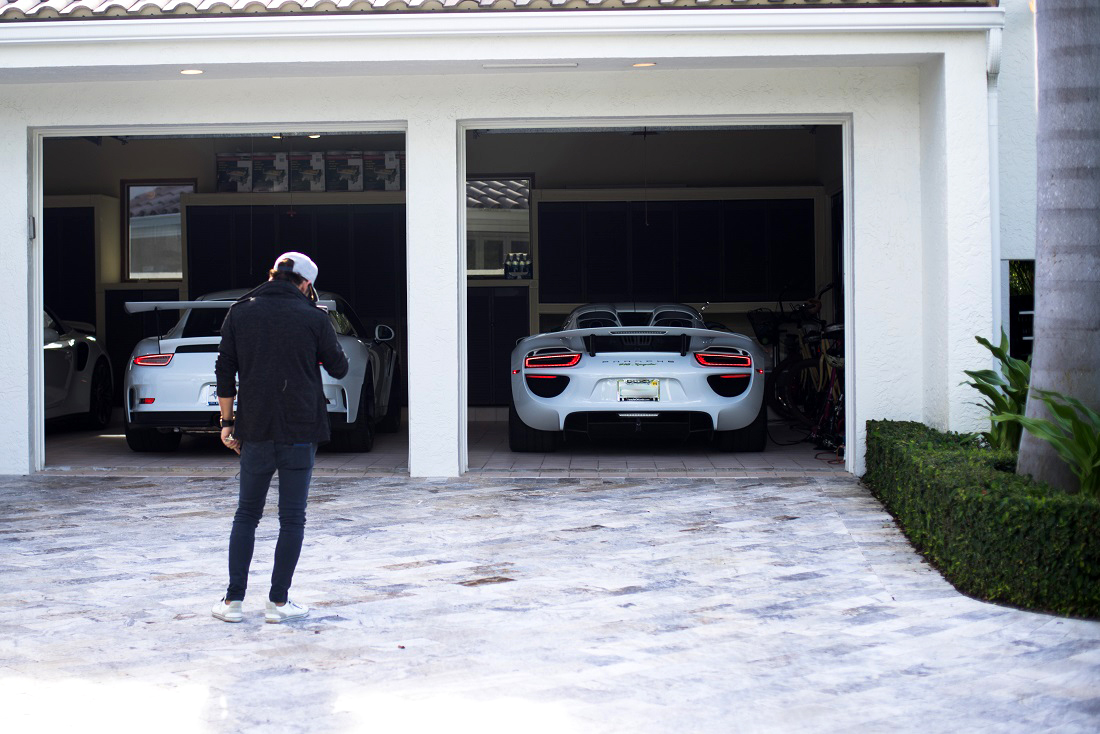
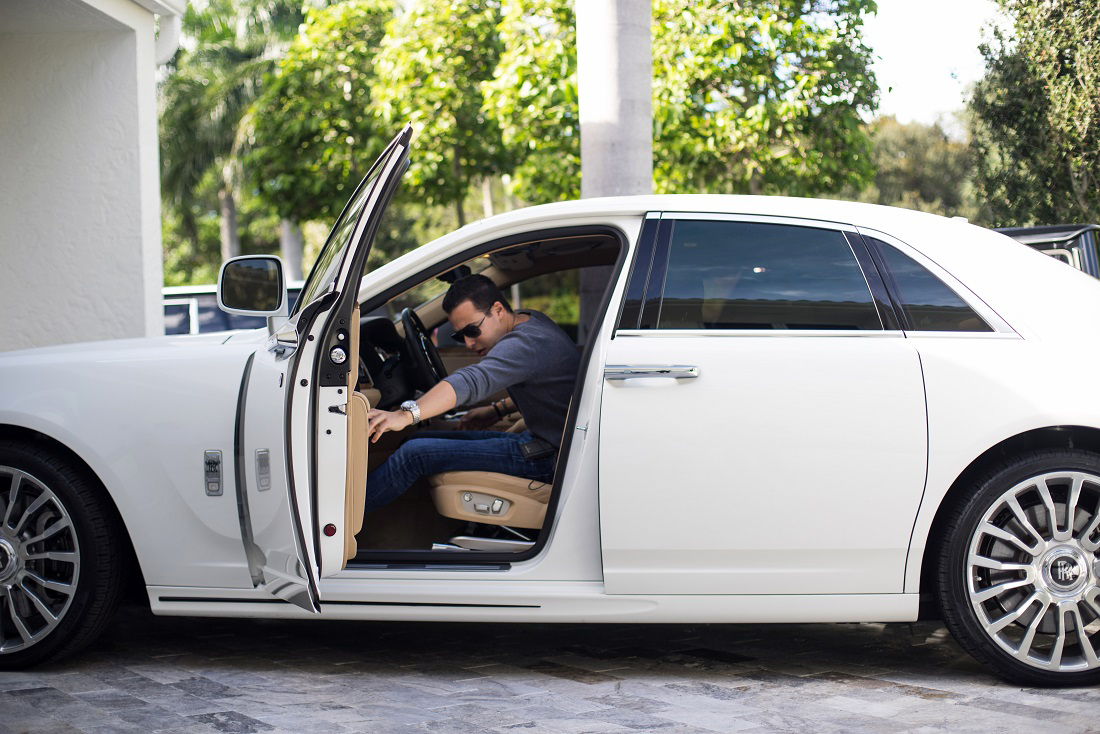
SEAN: It’s something that has been in me since I was a kid. Any industry that I would get into, I would work to be at 110%. I don’t want to get into anybody else’s business unless I’m the best in a certain business and right now, I’m young. I’m so proud of my whole team and happy that I have Chase as a business partner. We work so well together, and I think there’s really nothing better.
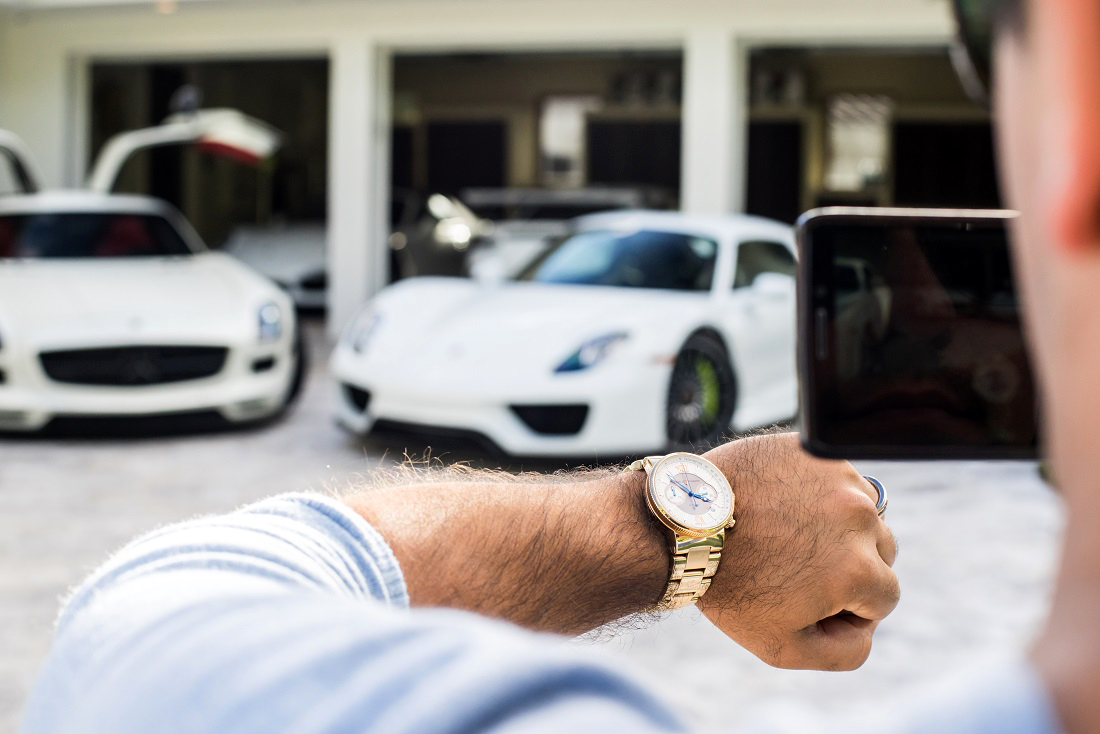
SEAN: Also getting emails saying, “We just got our bracelet. We love it. Thank you so much. We’re a client for life.”
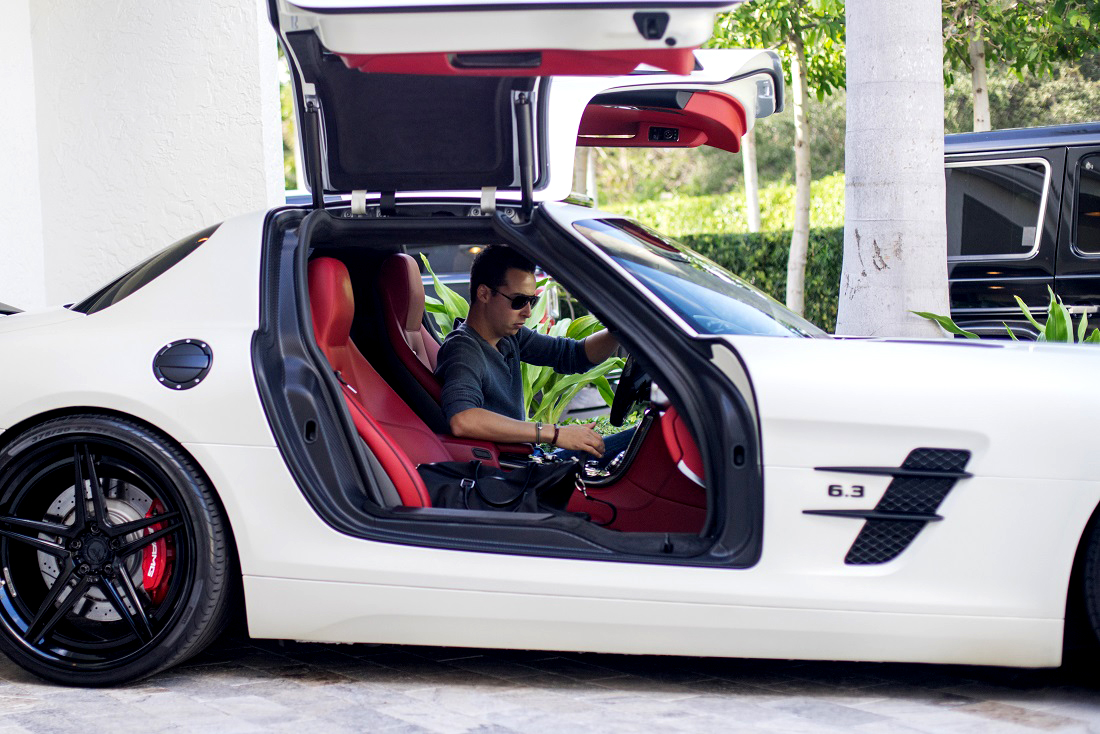
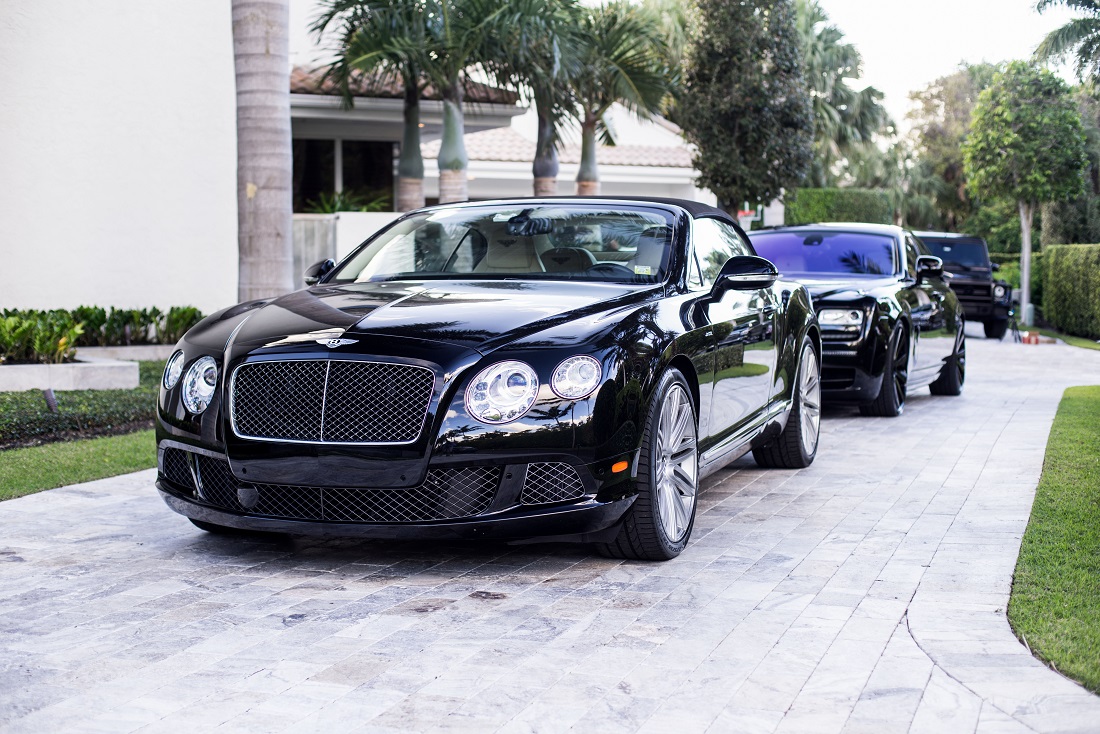
CHASE: I think the stuff that we show people is the stuff that people want to see. I’m not going to wake up in the morning and show my face waking up, I’m not going to show me talking on the phone or sitting on the computer for hours at 2AM and then getting on FaceTime with the factory, and I’m not going to show myself flying somewhere and finally seeing this client and getting a no. People don’t know the daily struggles. What we show is like, “Okay, we’re about to get in the car. Let me get the shot real quick. We’re out.” You don’t see us on the phone and us going over things.
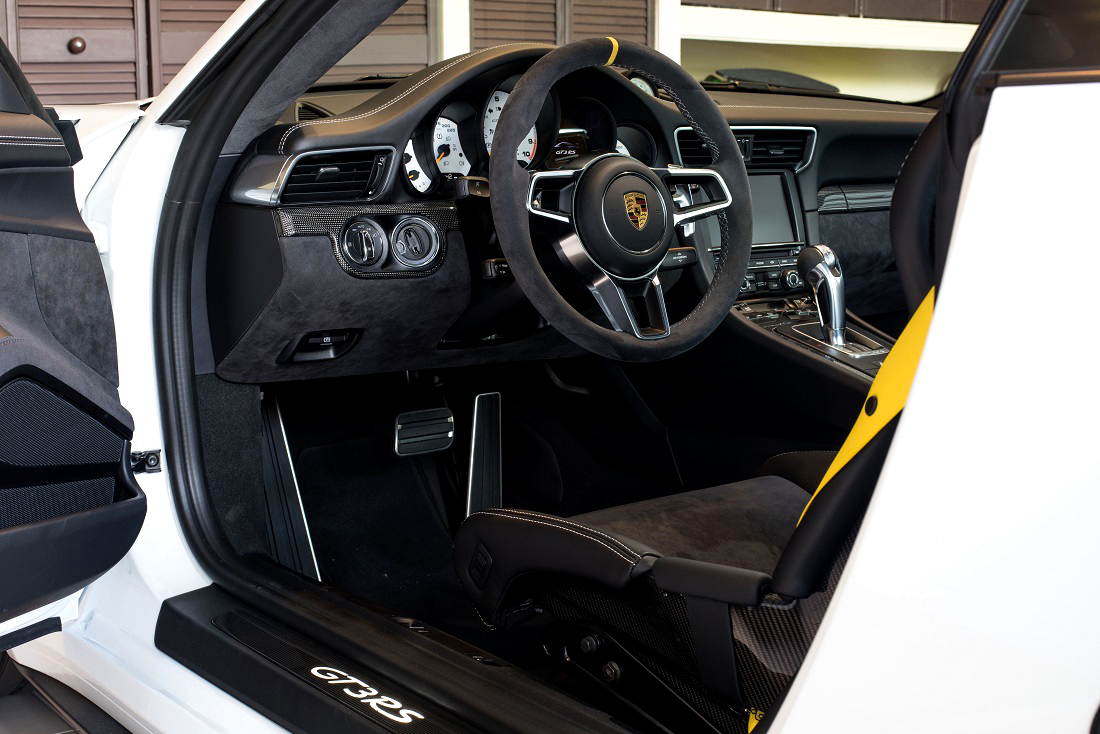
CHASE: It is the world we live in. Everybody will have their own vision and perceive things their own way. It’s hard to change that. It’s the reason why both of us did say yes obviously to meeting up and getting some questions out of the way.
SEAN: We were aligned from the start. We figured it all out, and we just didn’t let anybody tell us no. We pushed for it. We kept pushing and eventually, we started getting traction and saw the brand growing. We were getting into stores, we were making sales, and the website was really coming together. That is one of the most exciting parts, and of course making money is fun and a cool part of a business, but there’s nothing like seeing something that you create really flourish and a product turn into a brand, I would say.
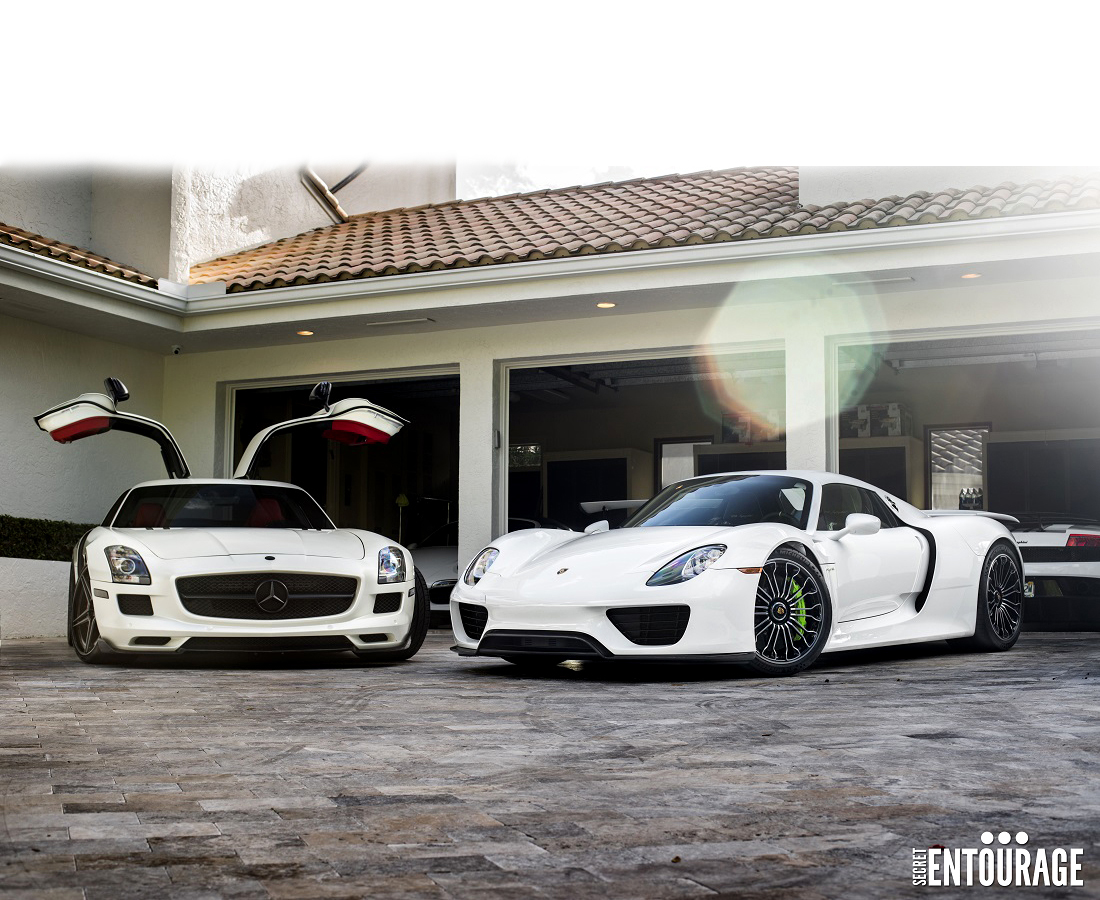
SEAN: I would say make sure you love it, and make sure you stand behind it as well. When it comes to our product, just for example when Chase and I get inventories sent from StingHD, we actually argue over who is going to get what bracelet. We actually do love the products and stand behind it. People don’t really know that we’re the last people to actually get the products for ourselves.
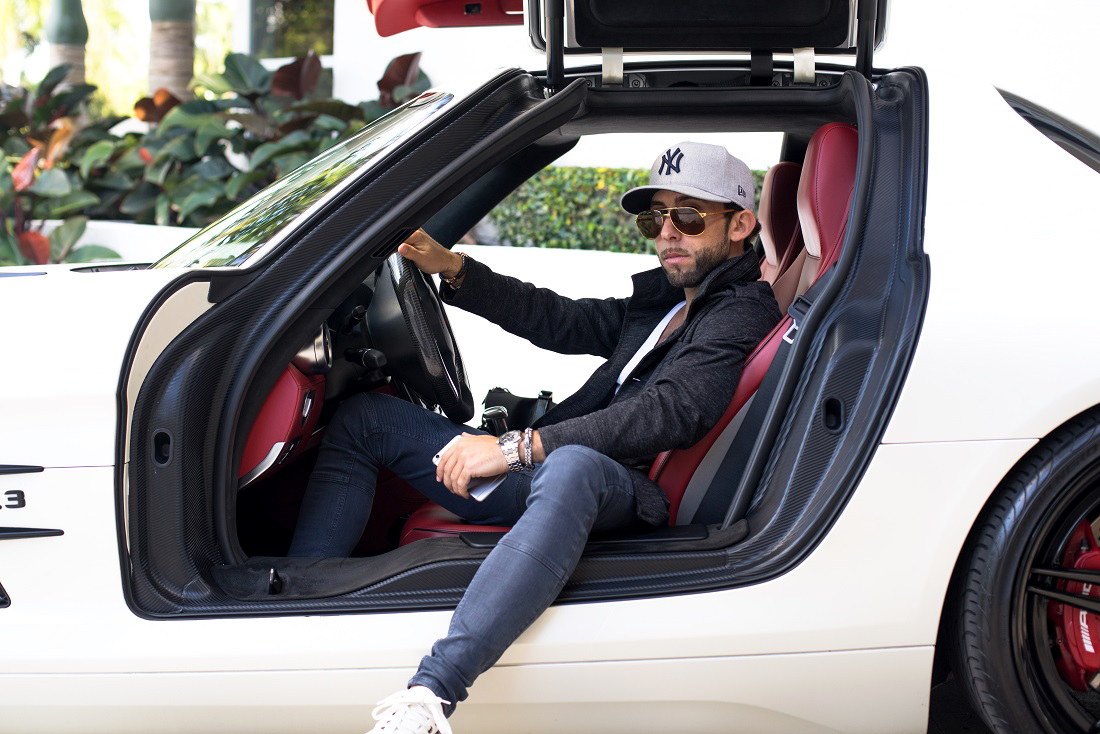
SEAN: The only time we ever punched each other in the face was because of a bracelet.
CHASE: To someone who has a vision and really wants to go into business, make sure you love what you do. If you don’t love what you do, how can you sell it or stand behind it?
